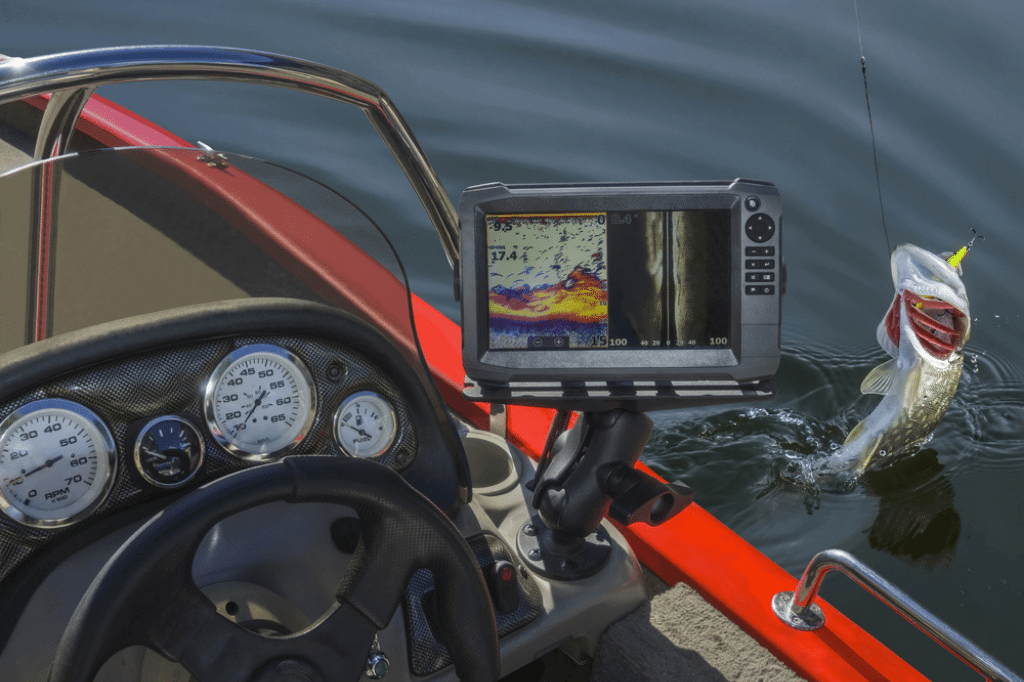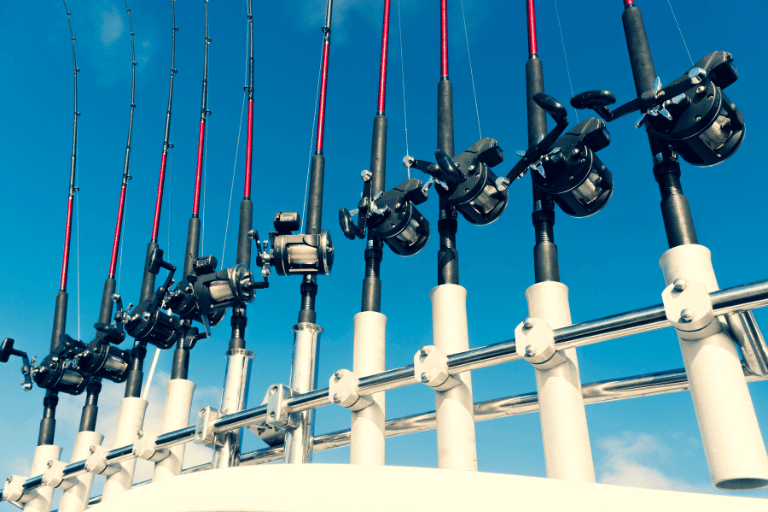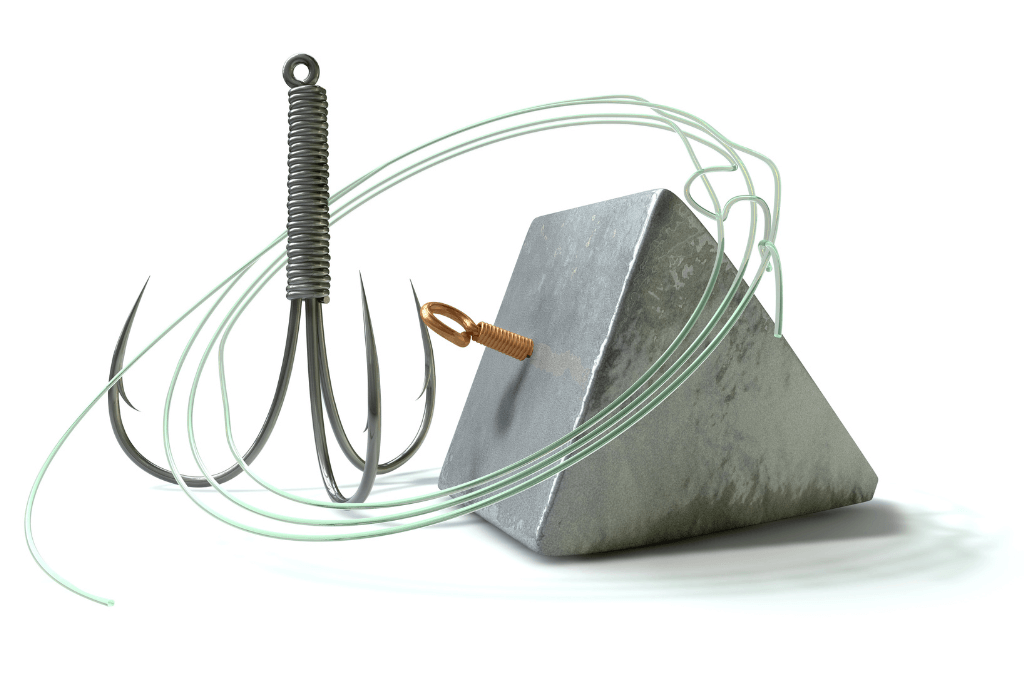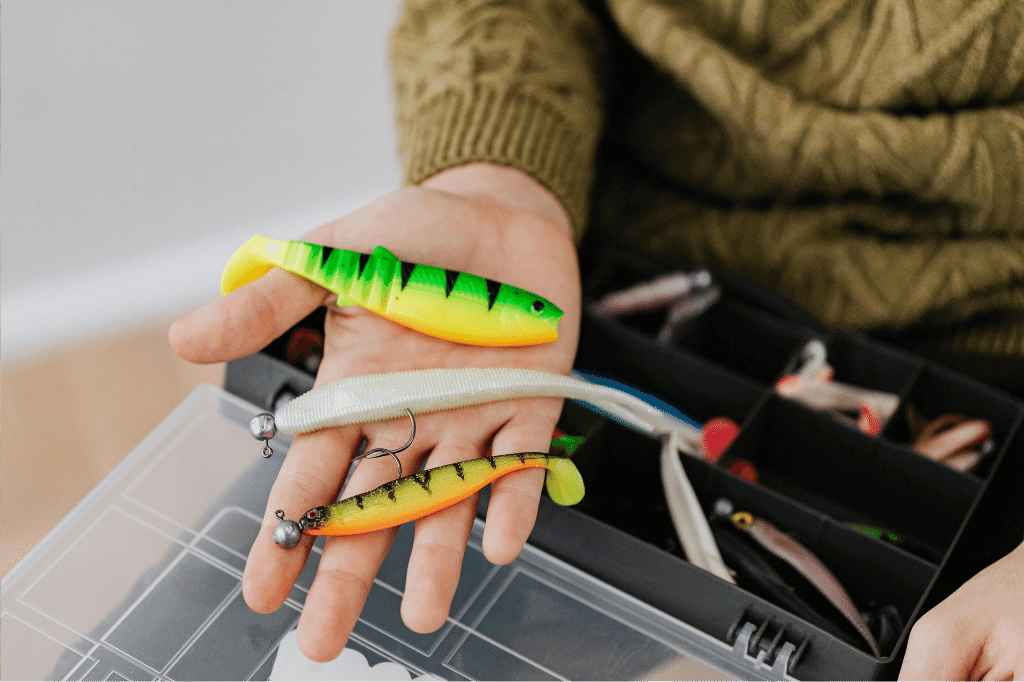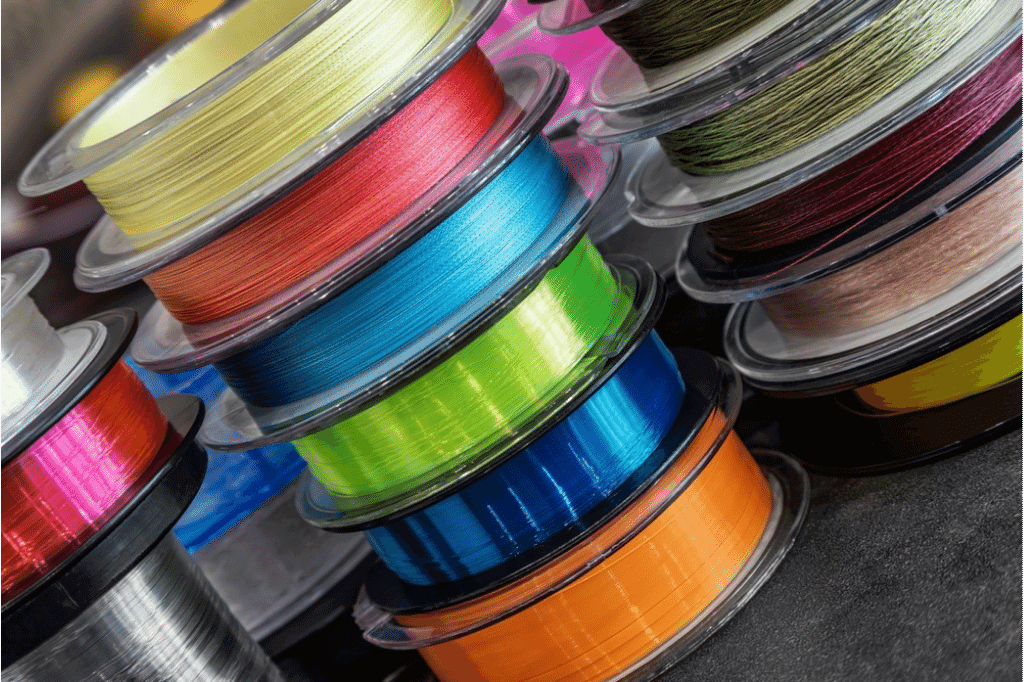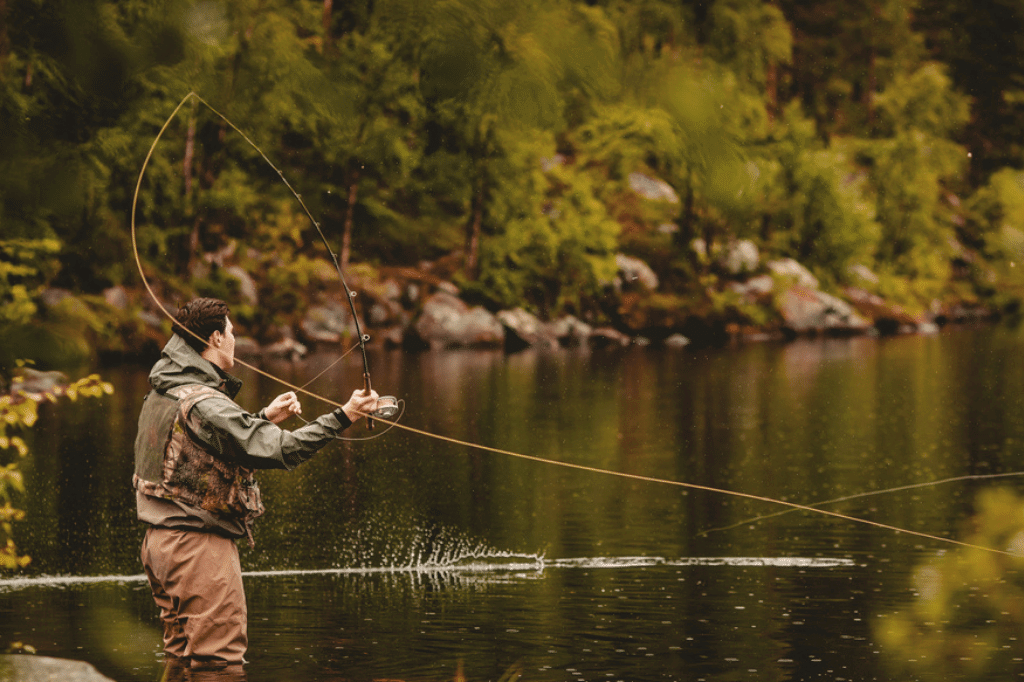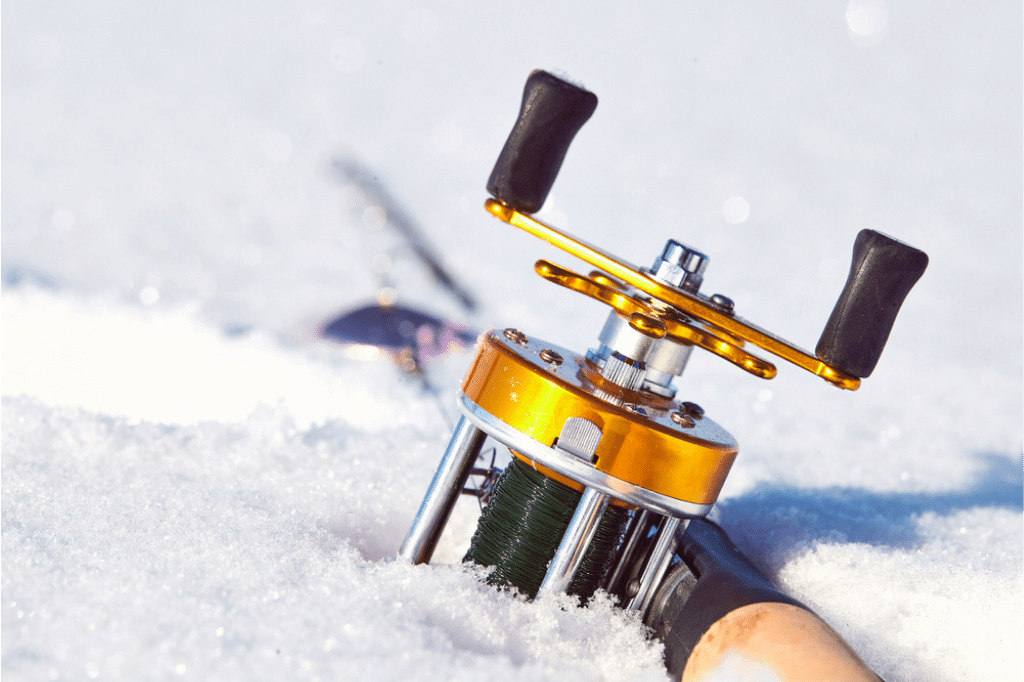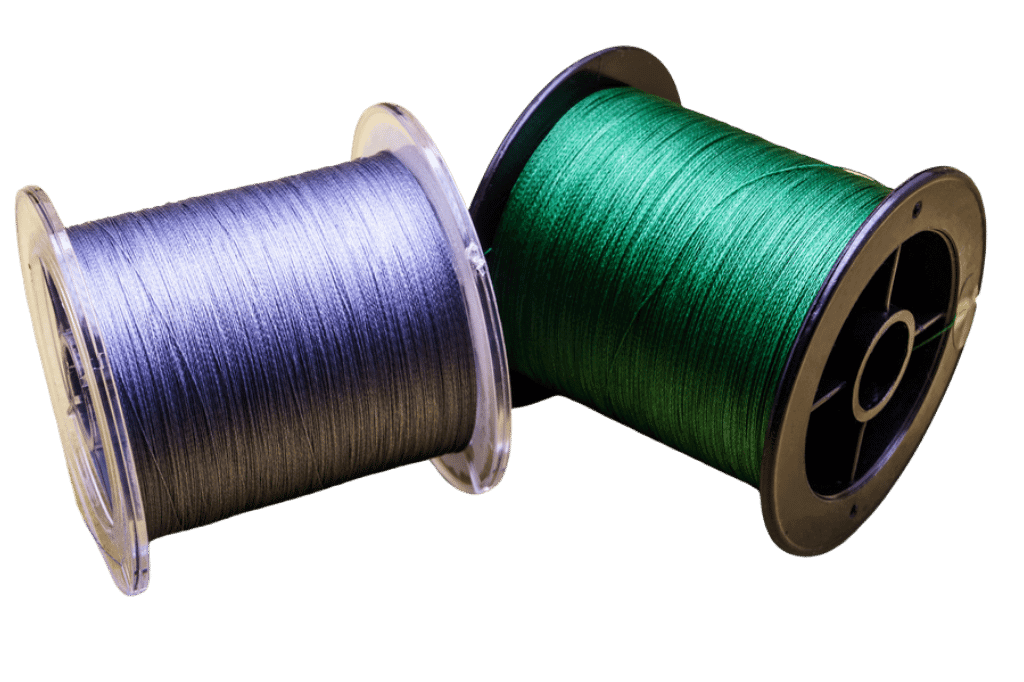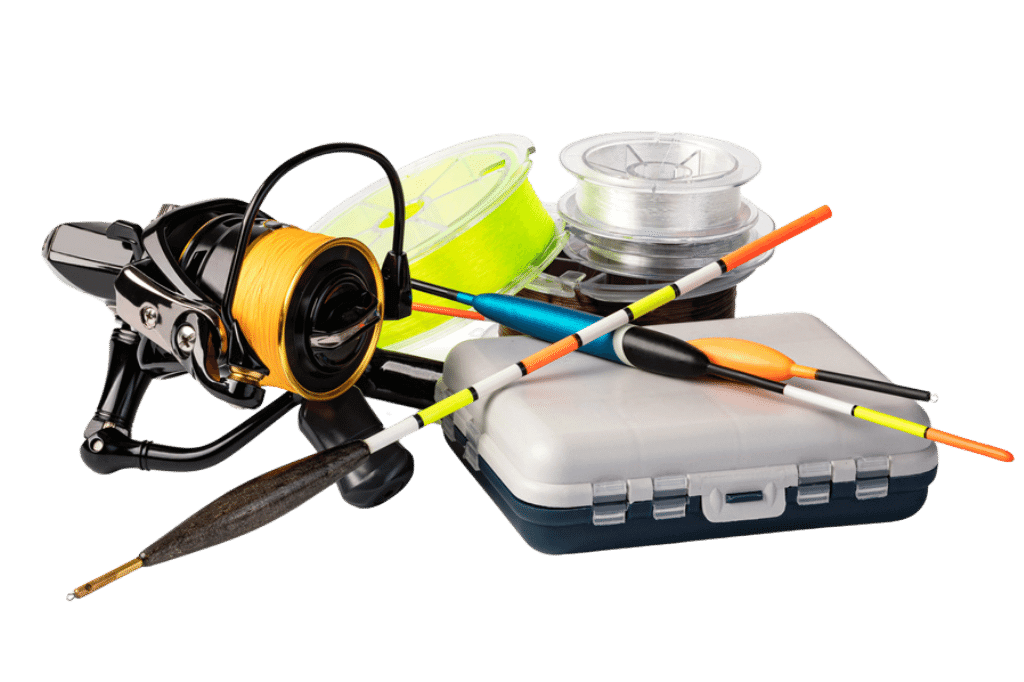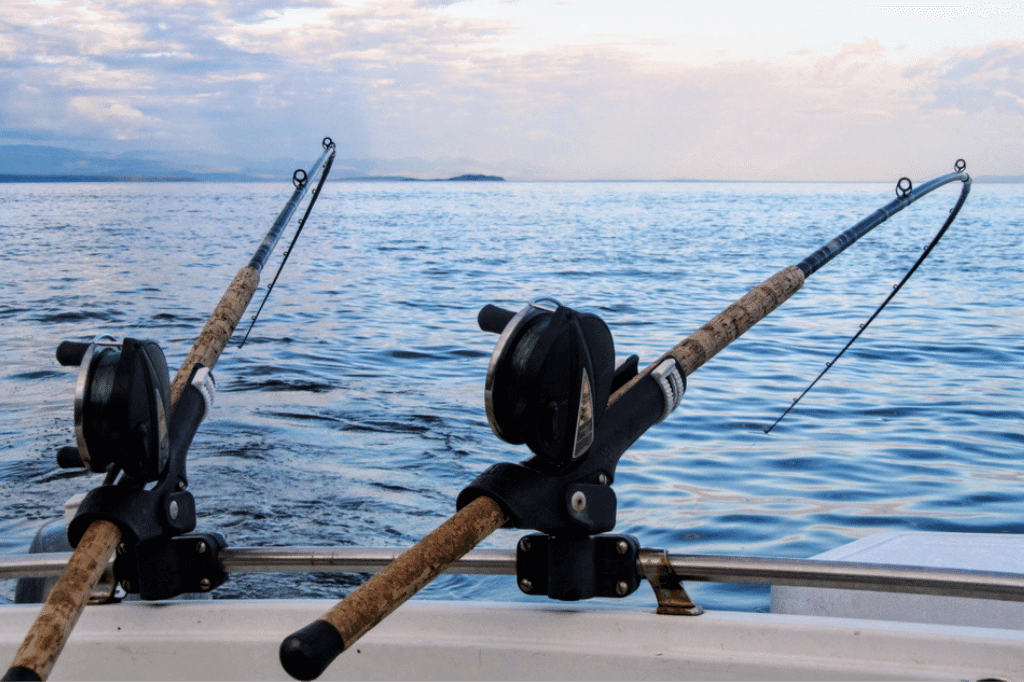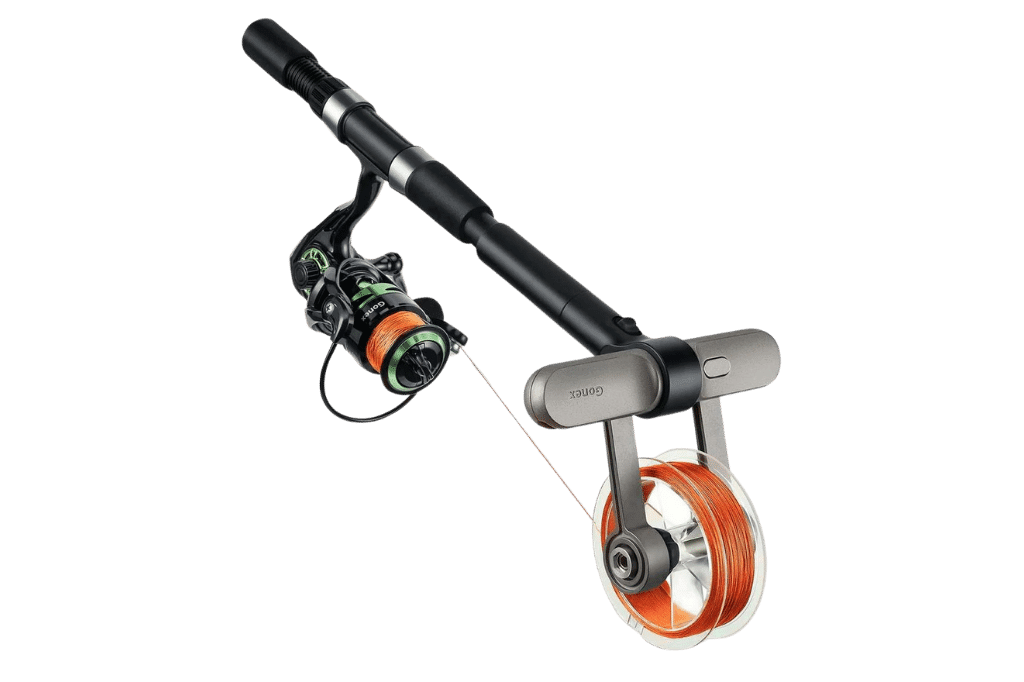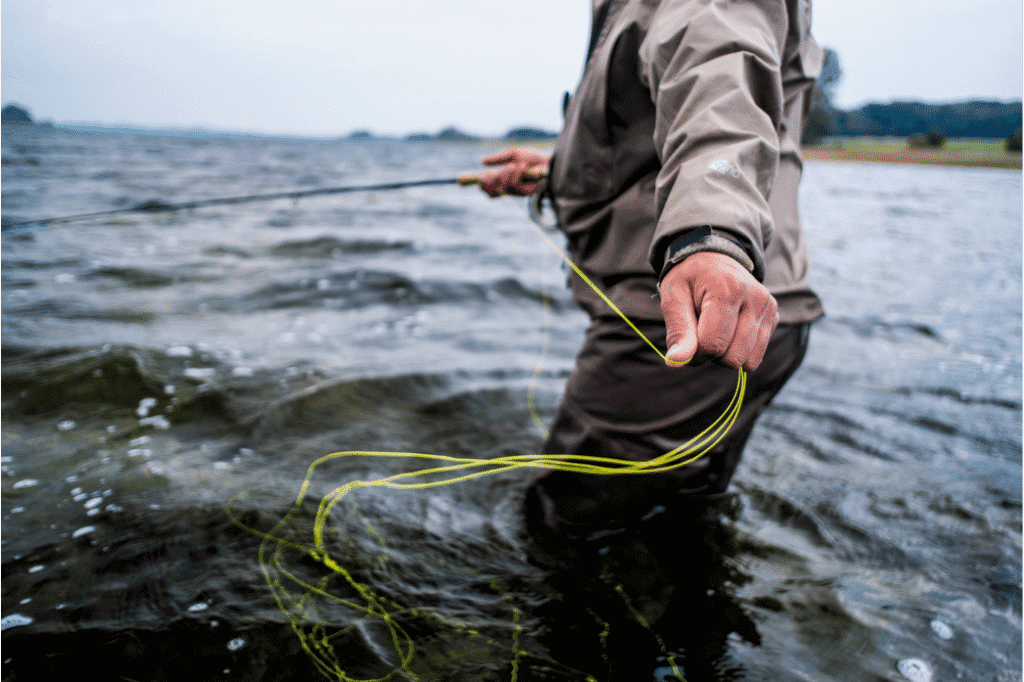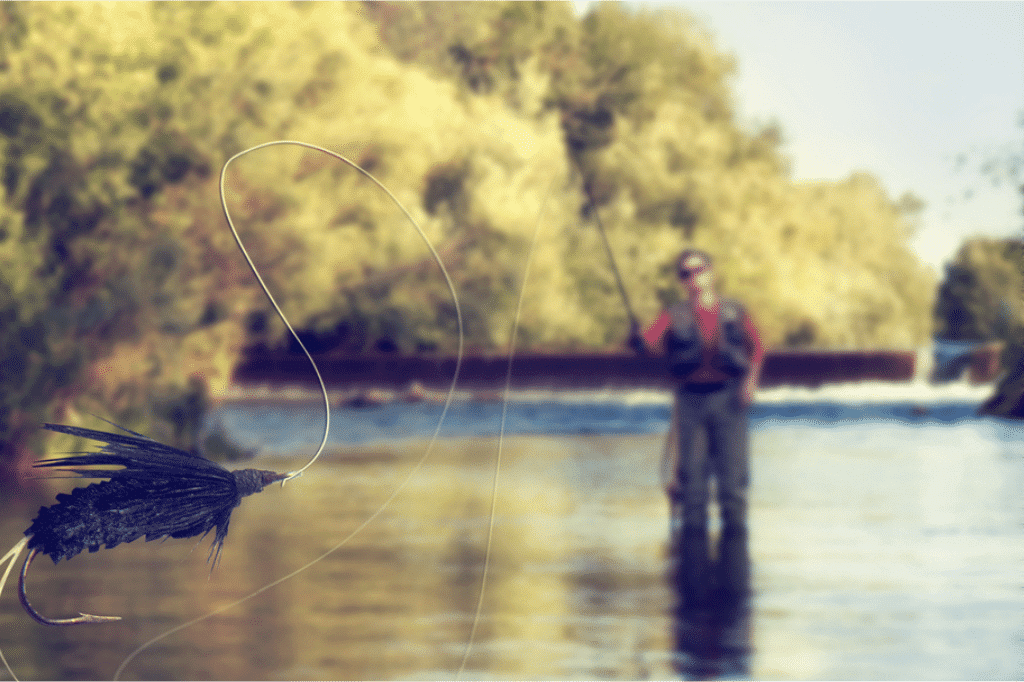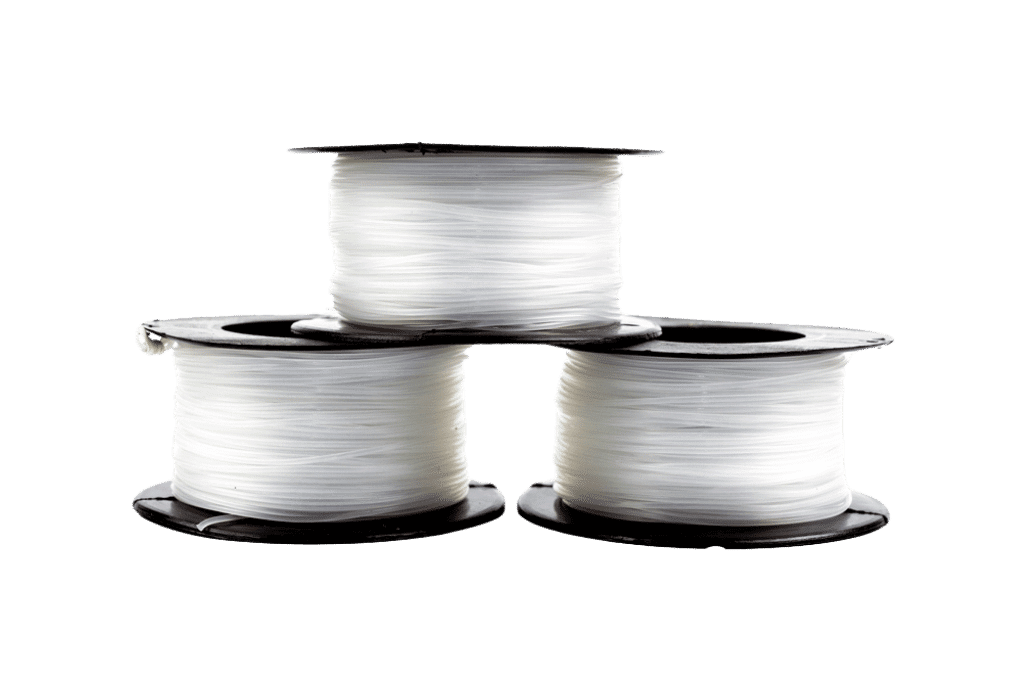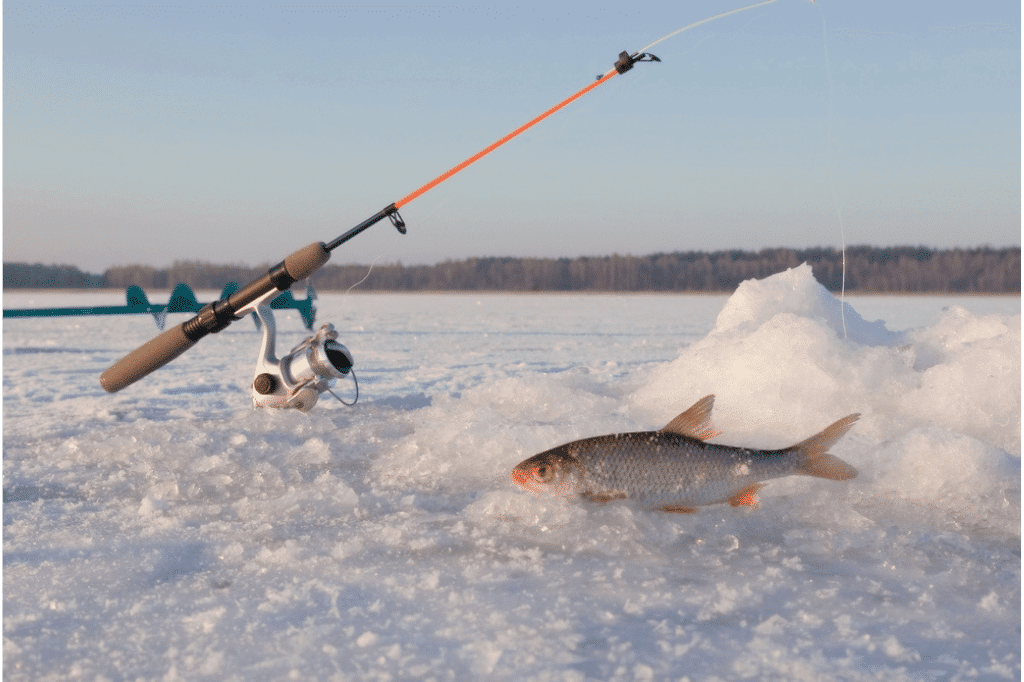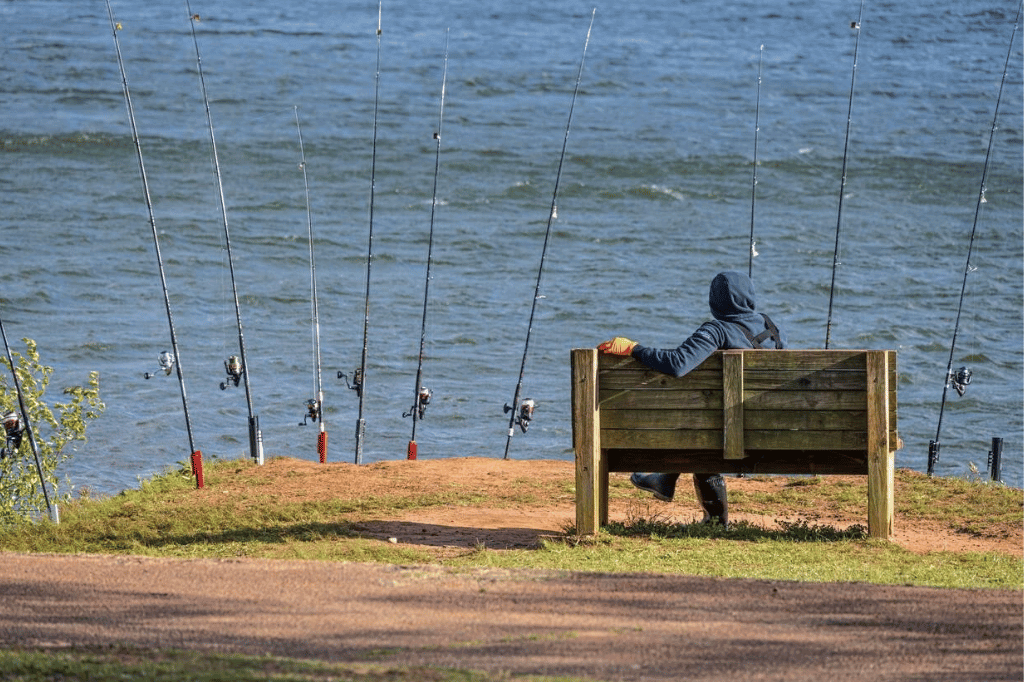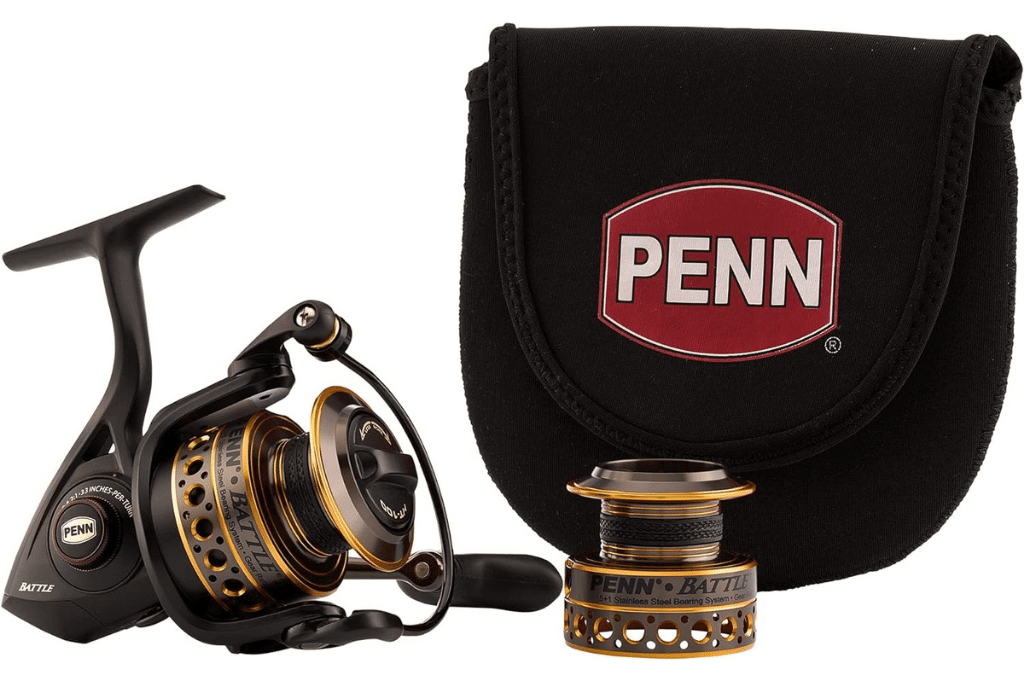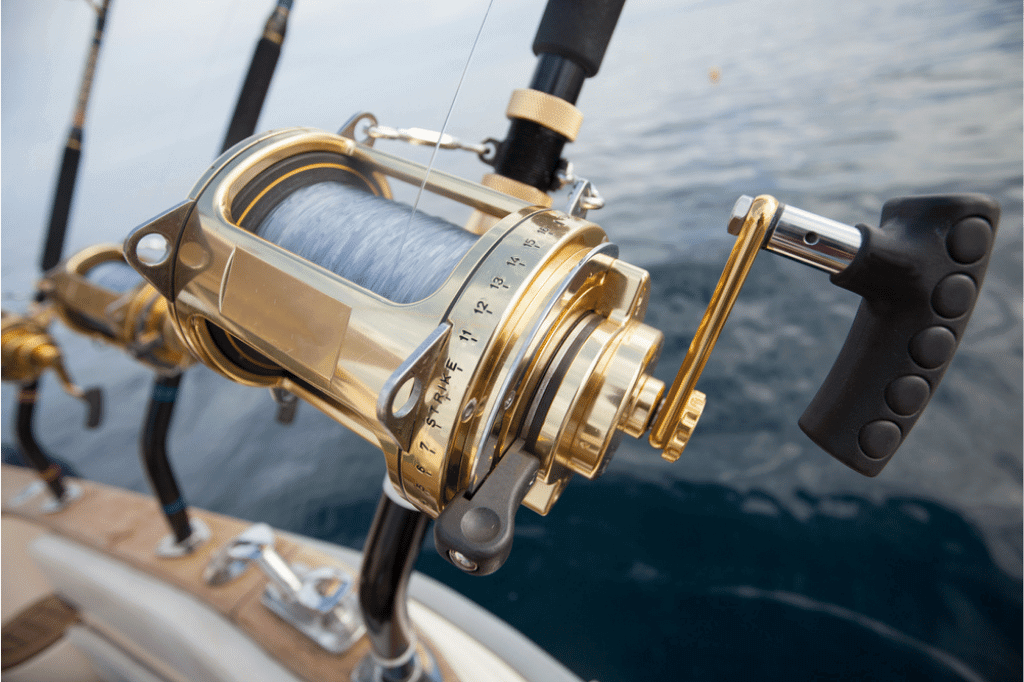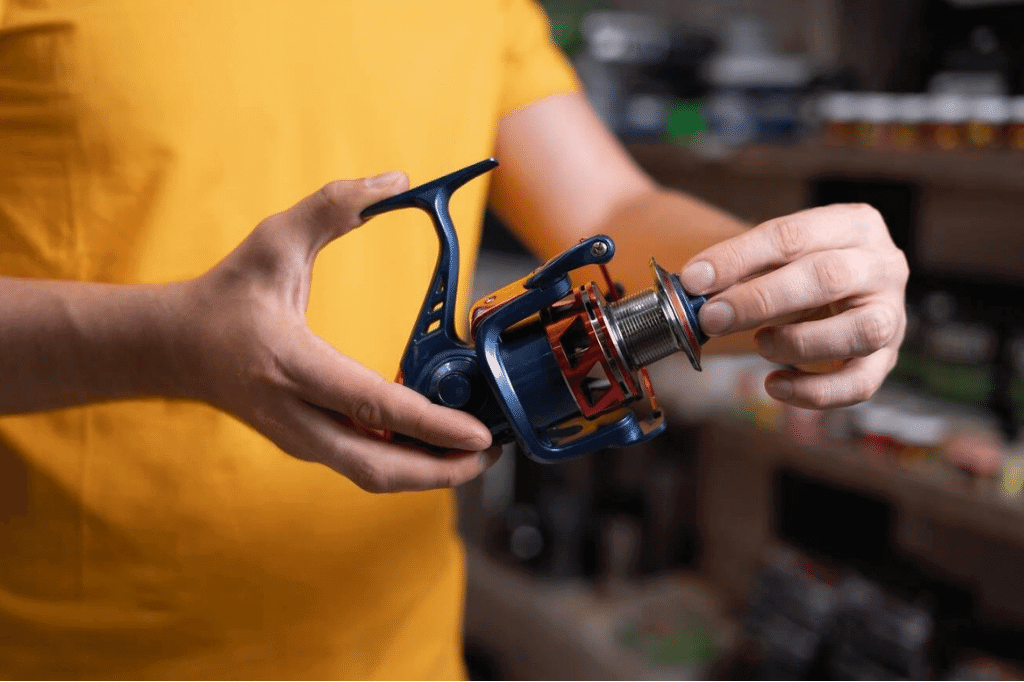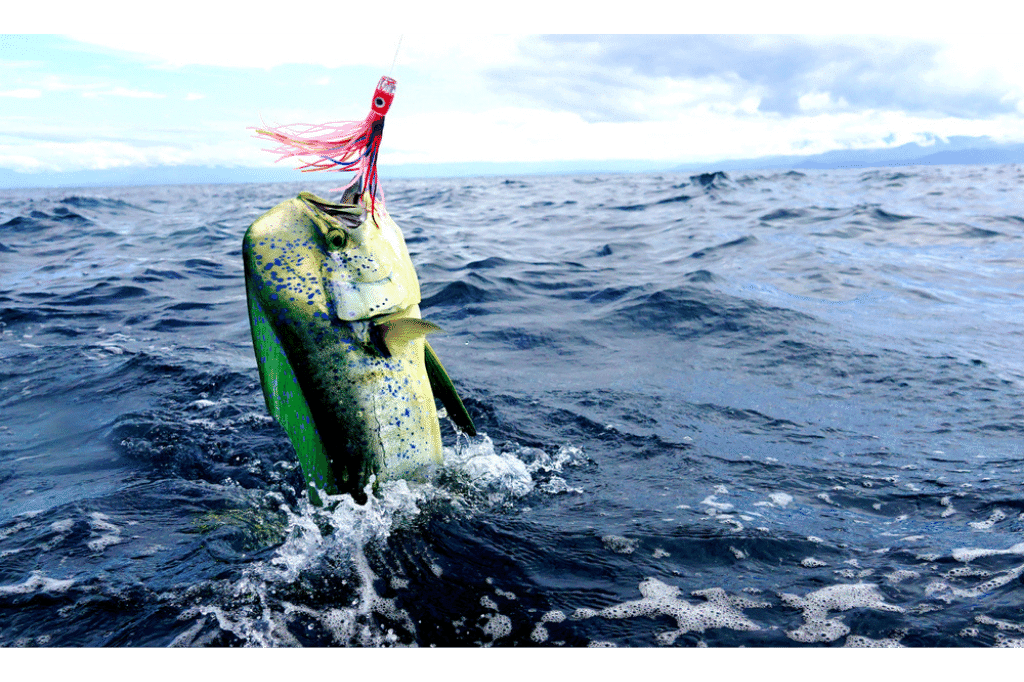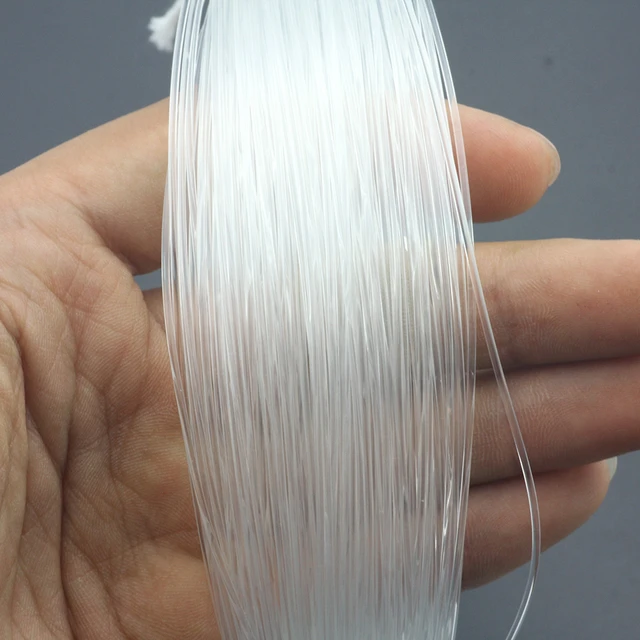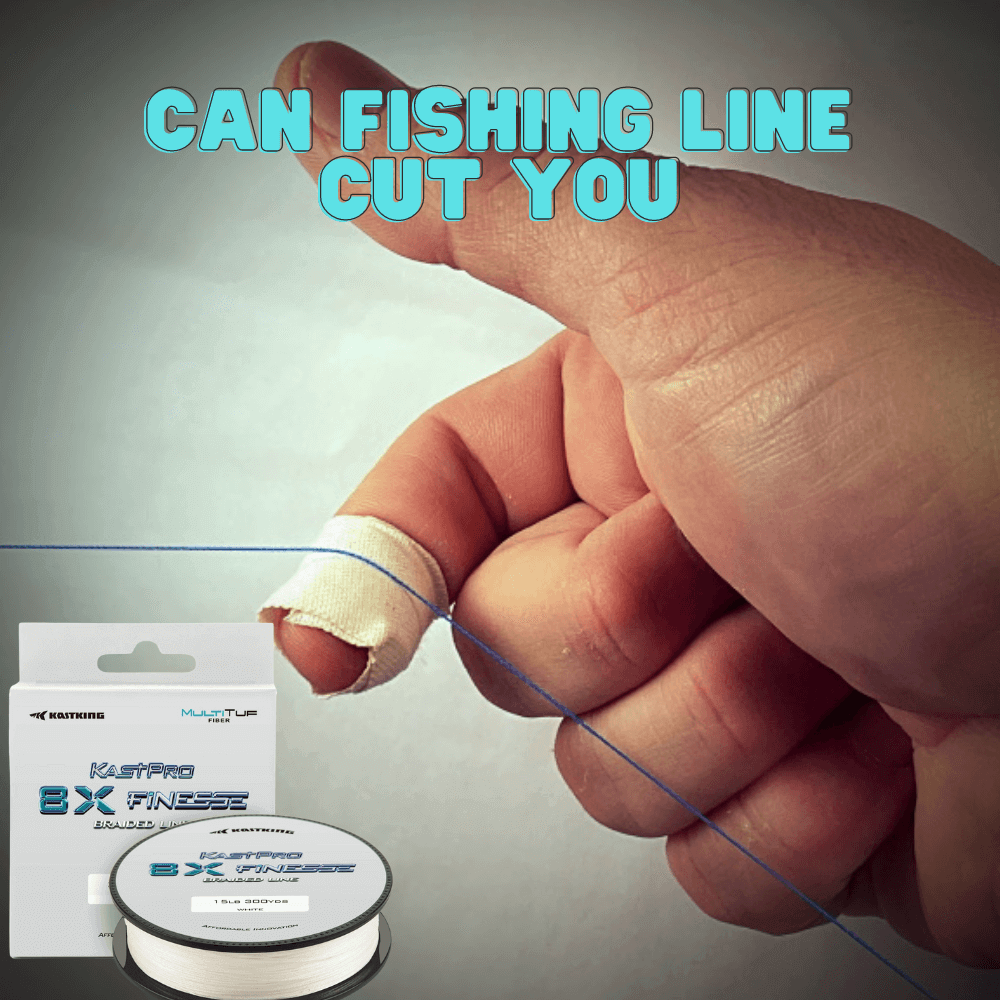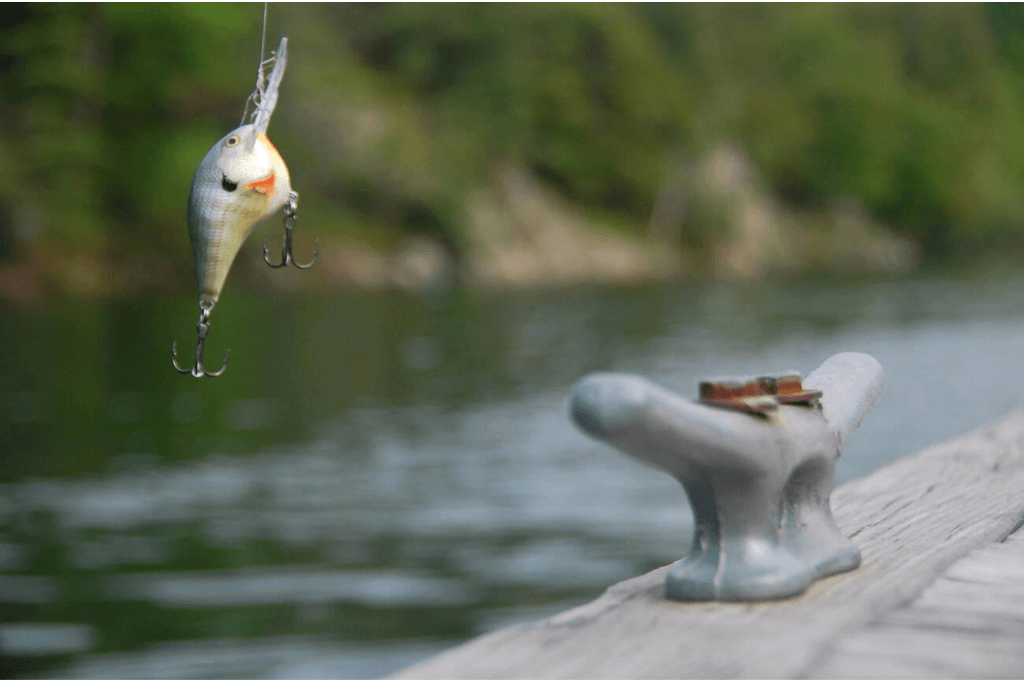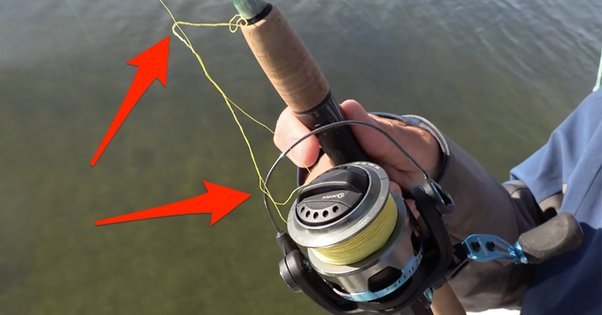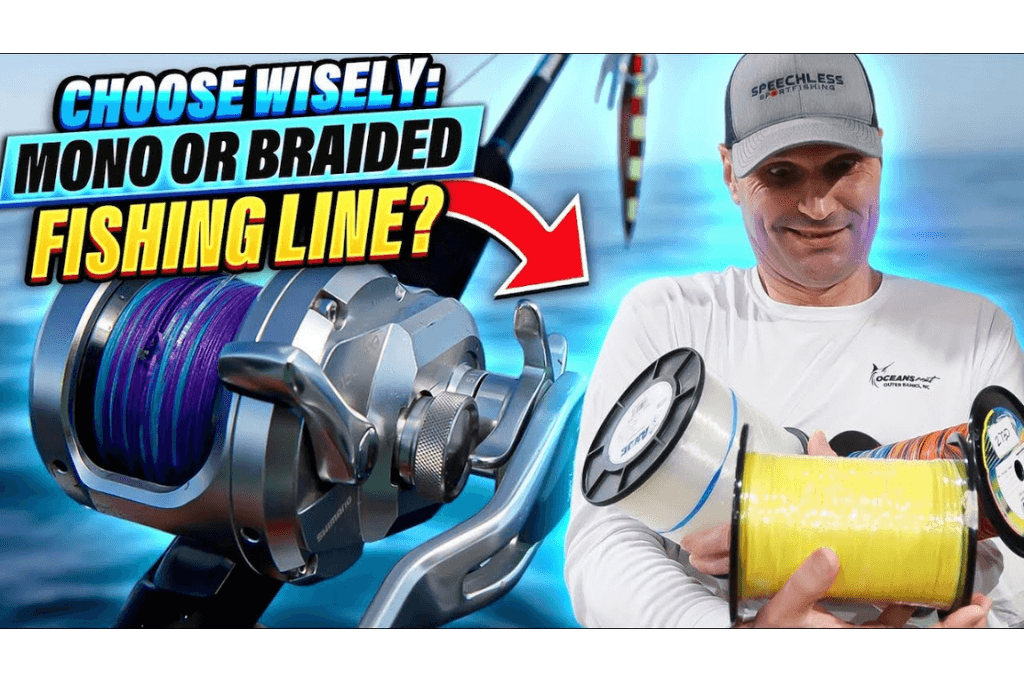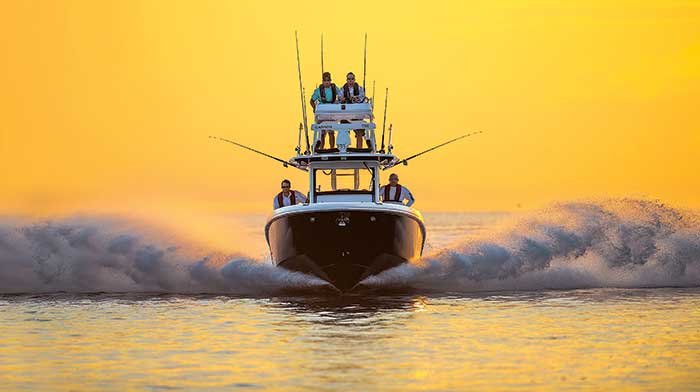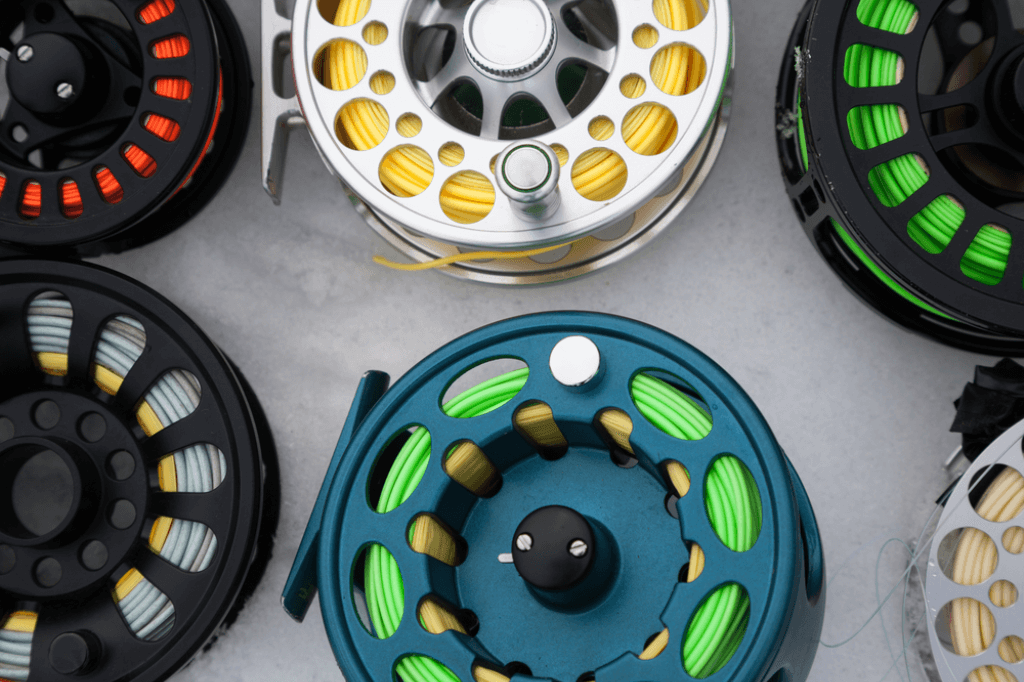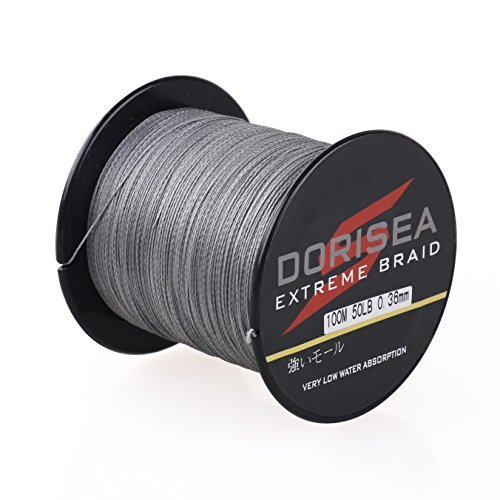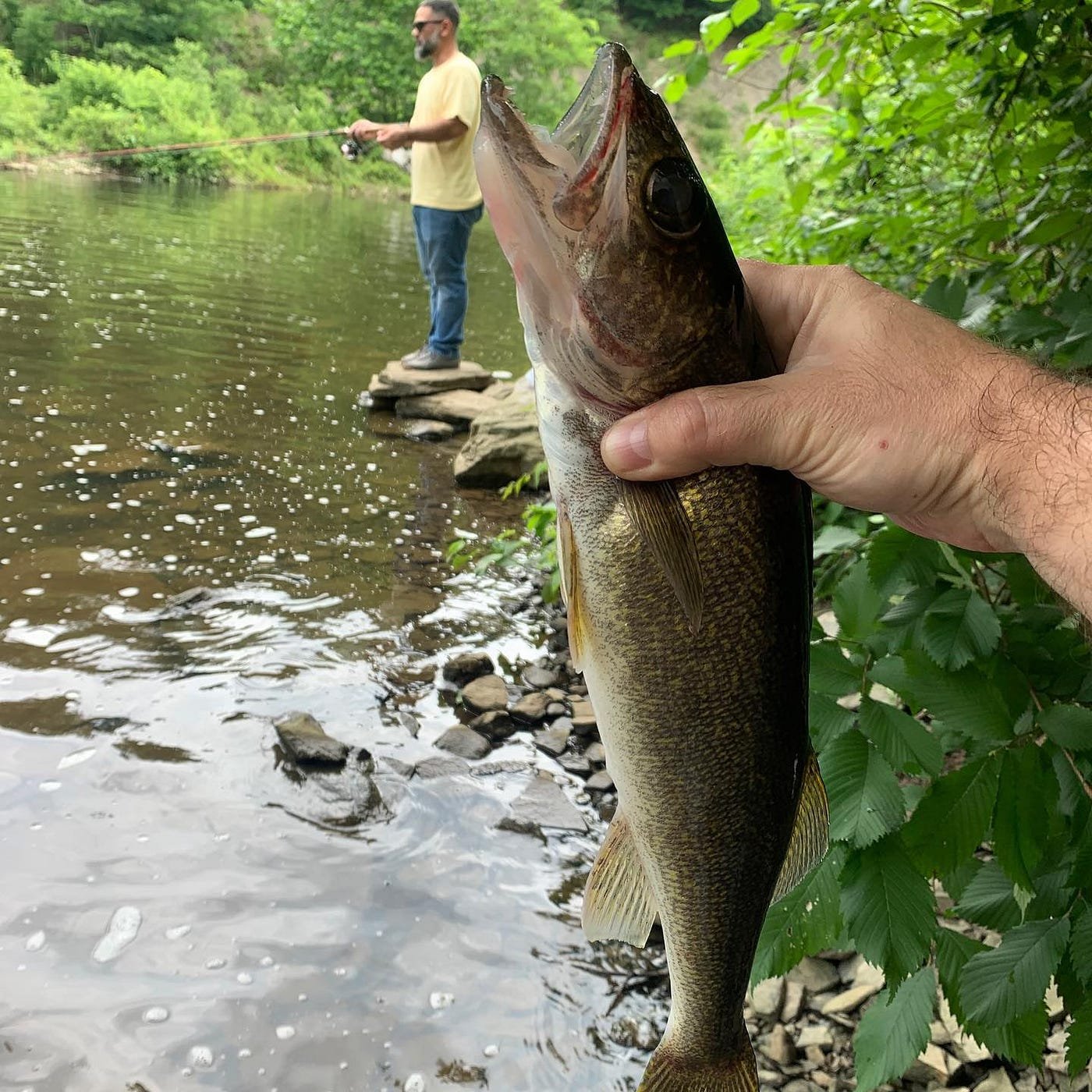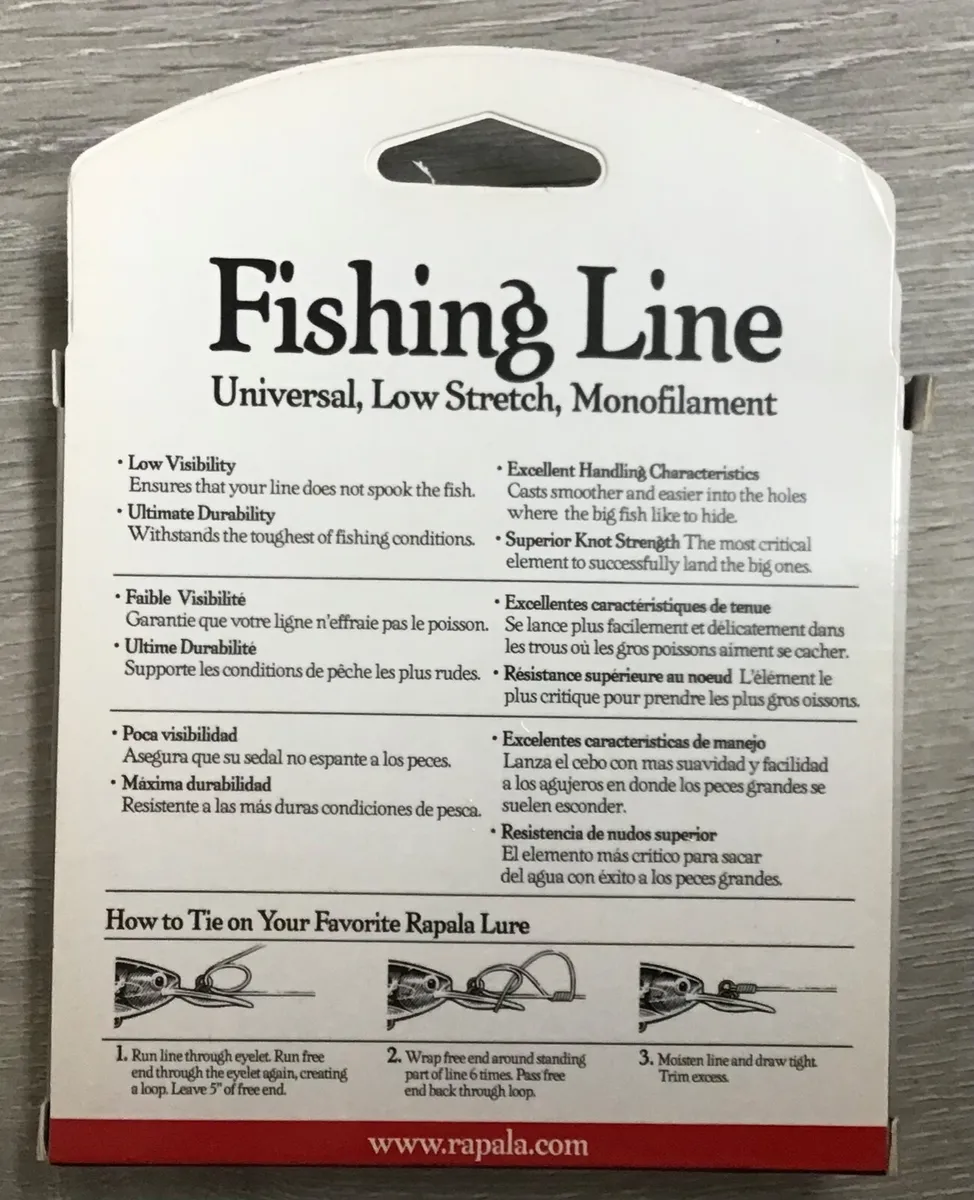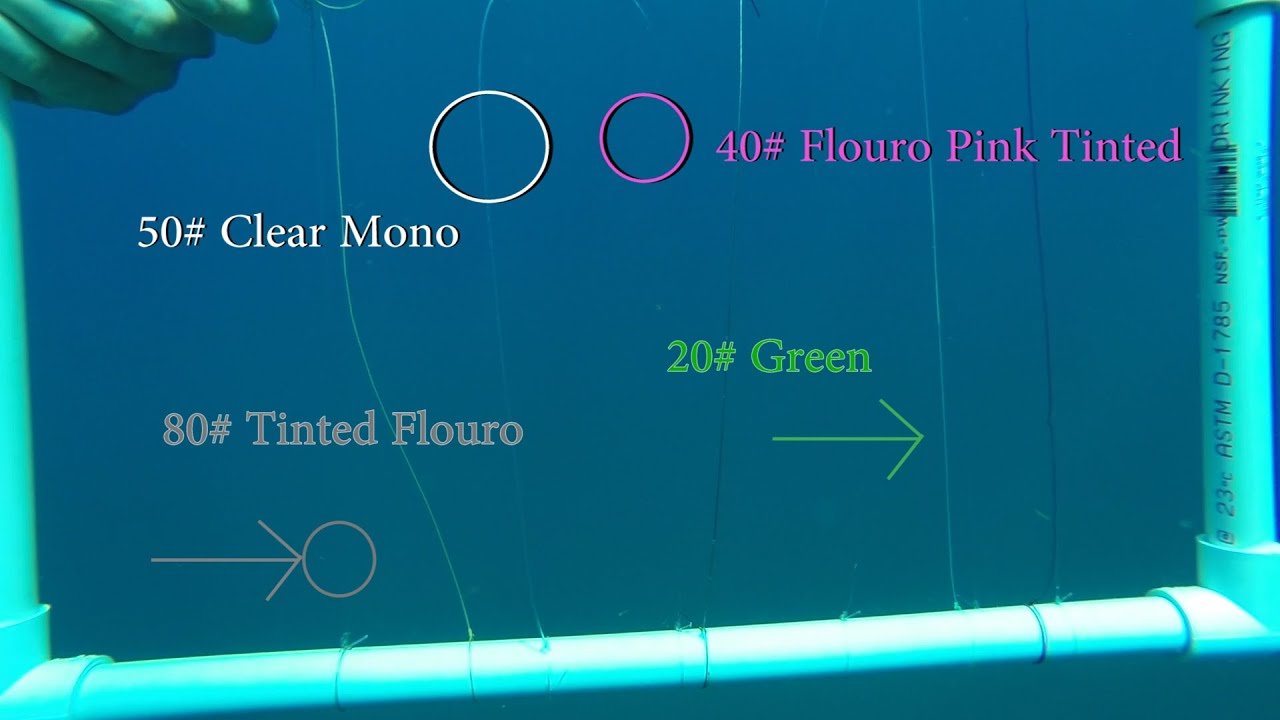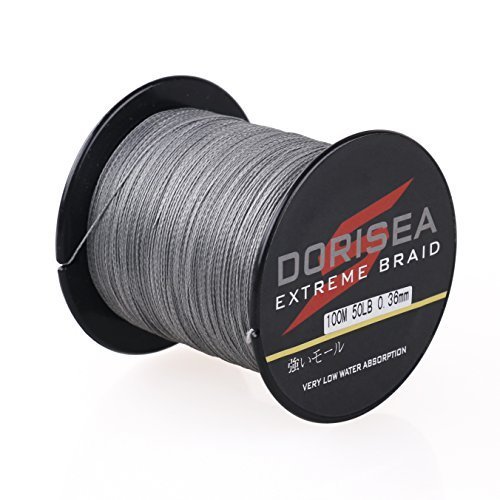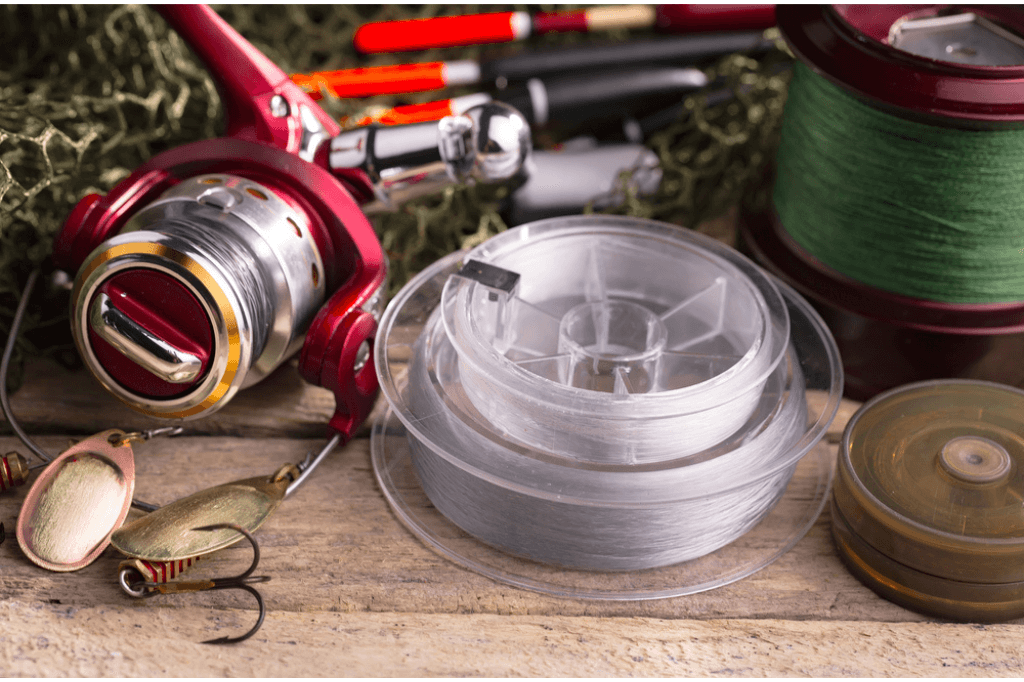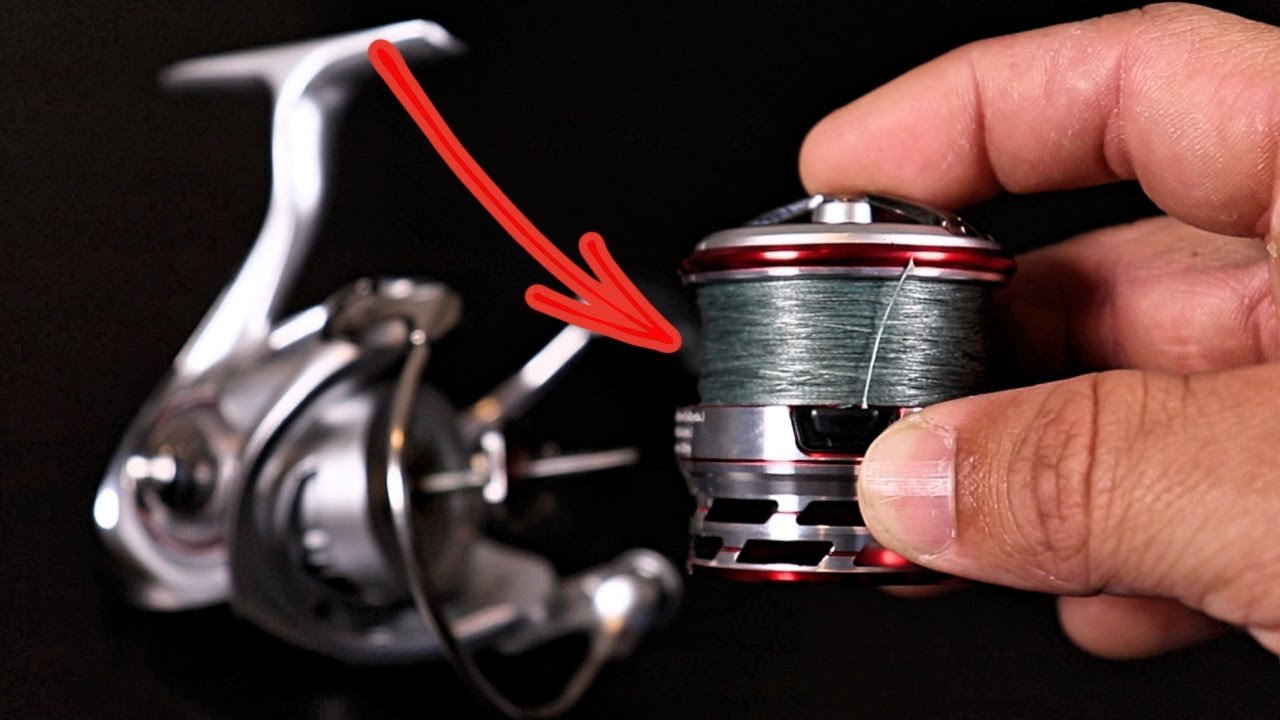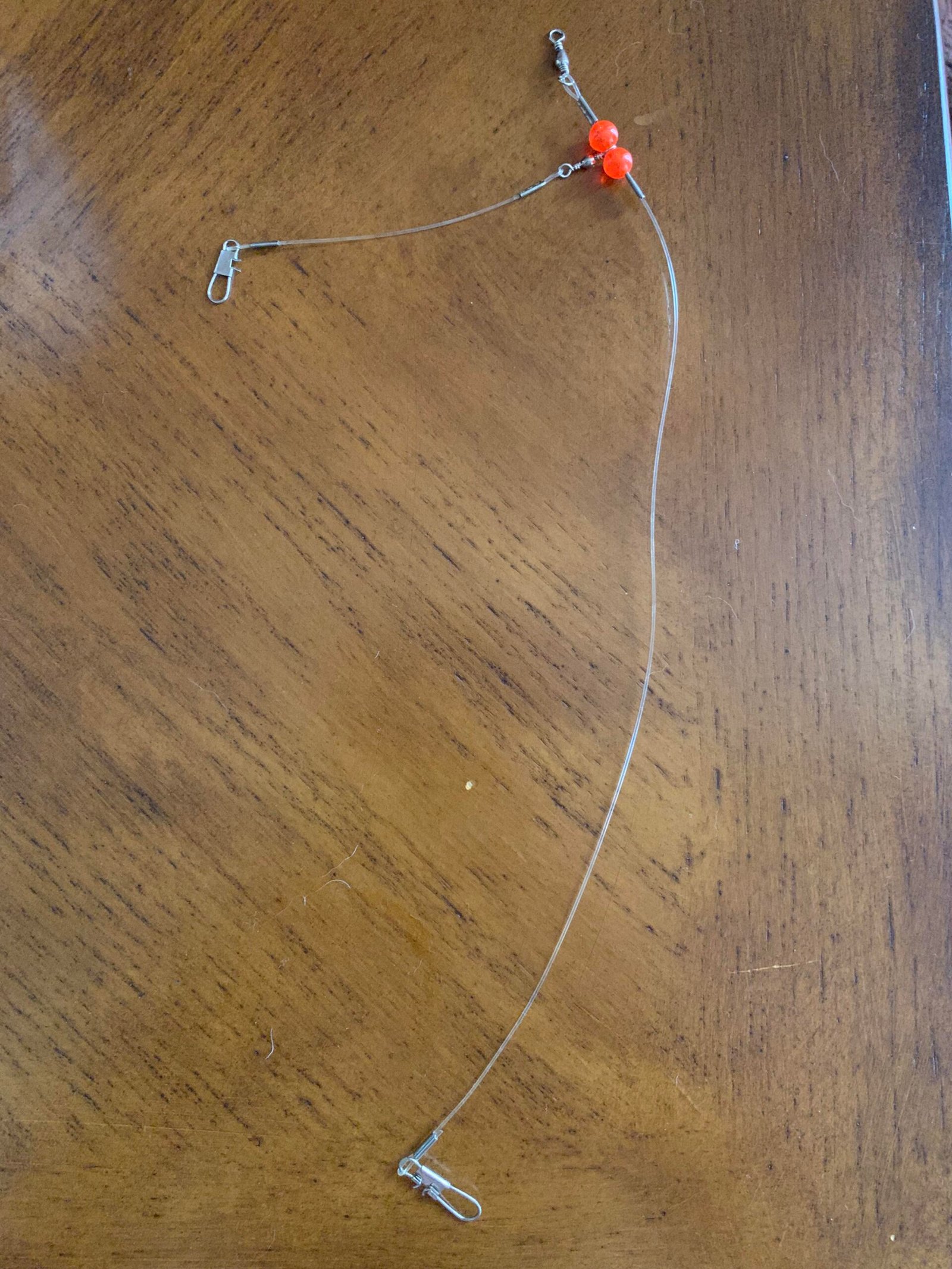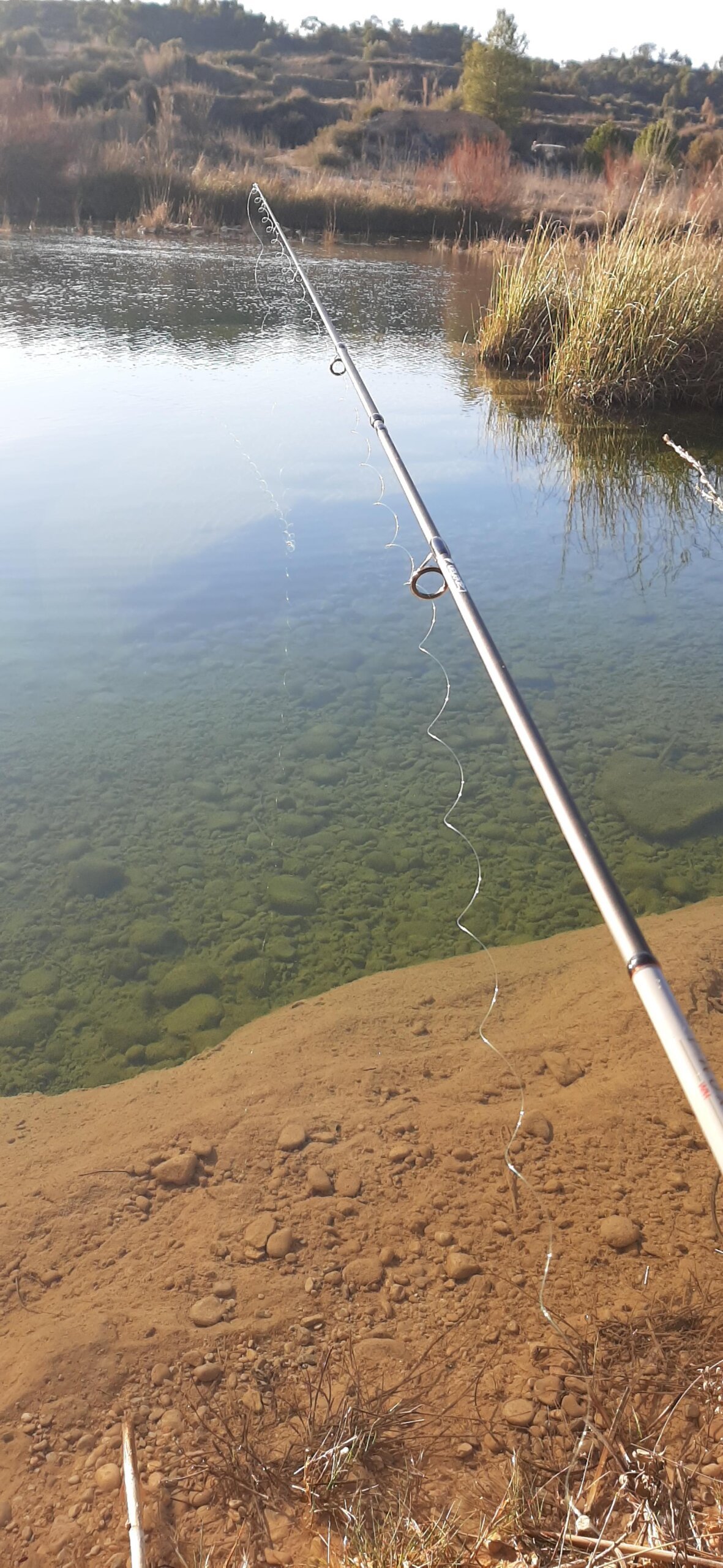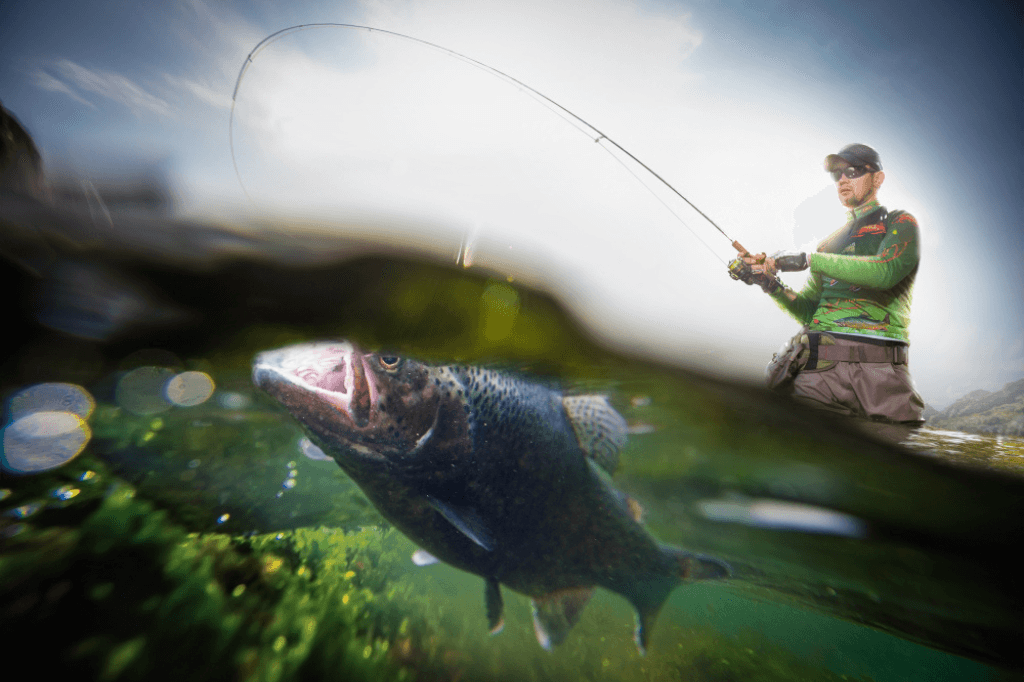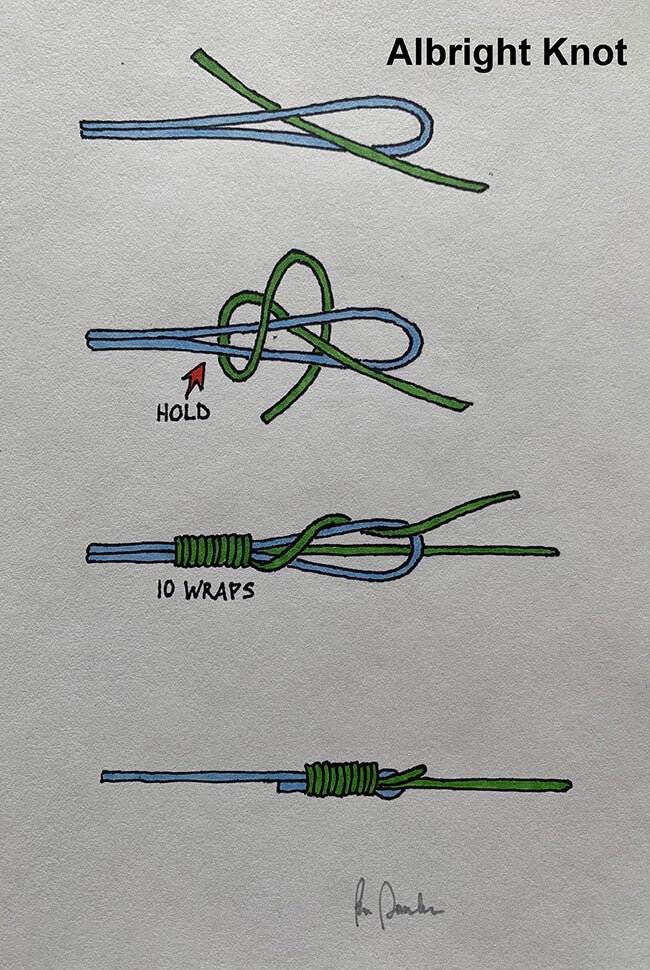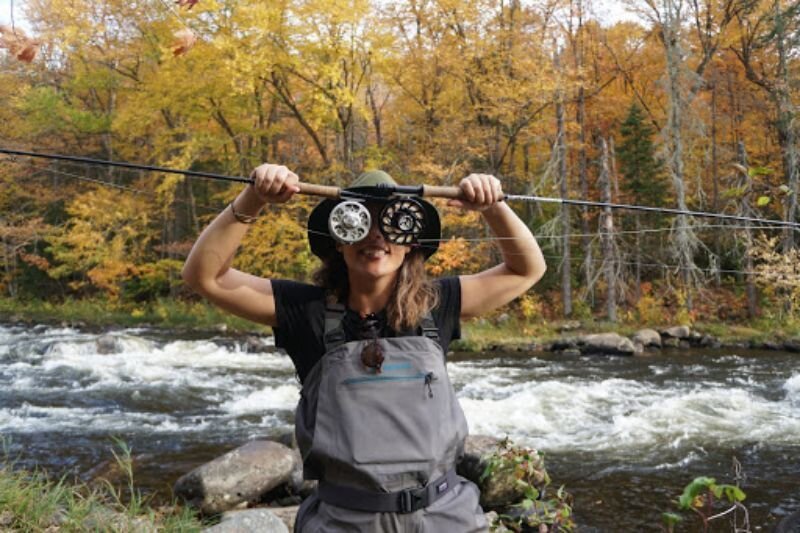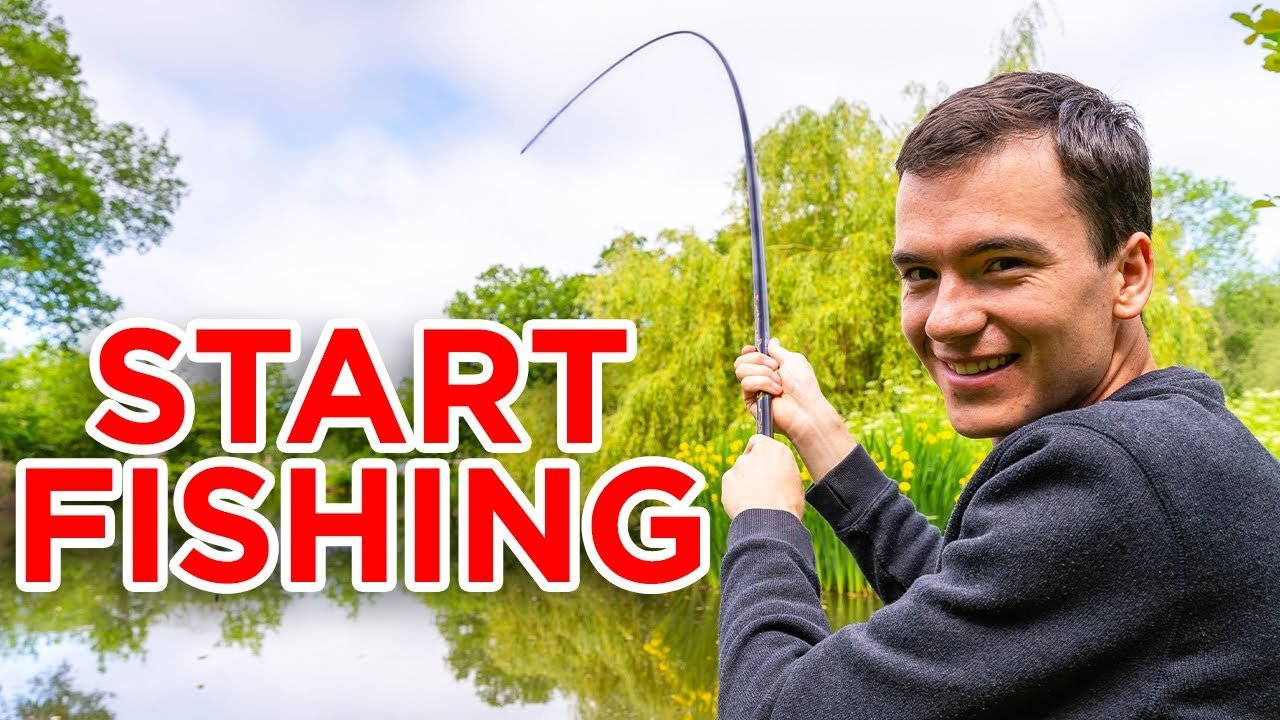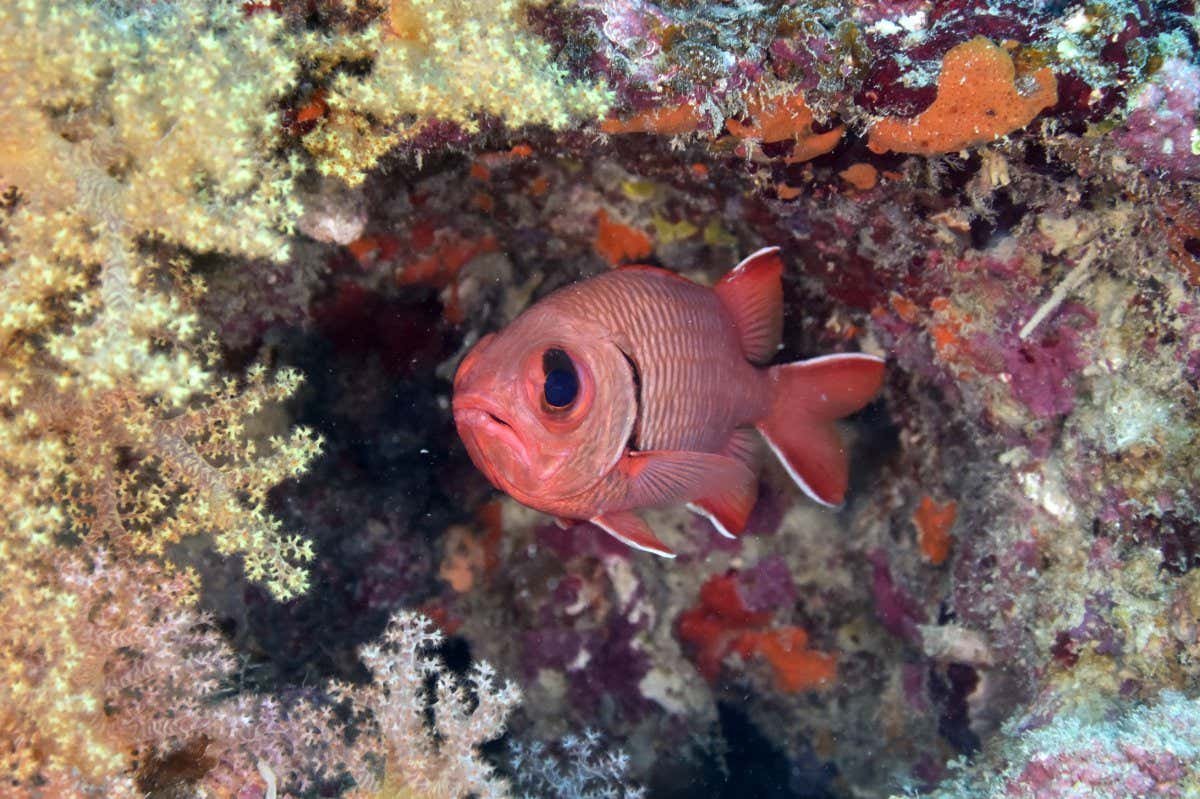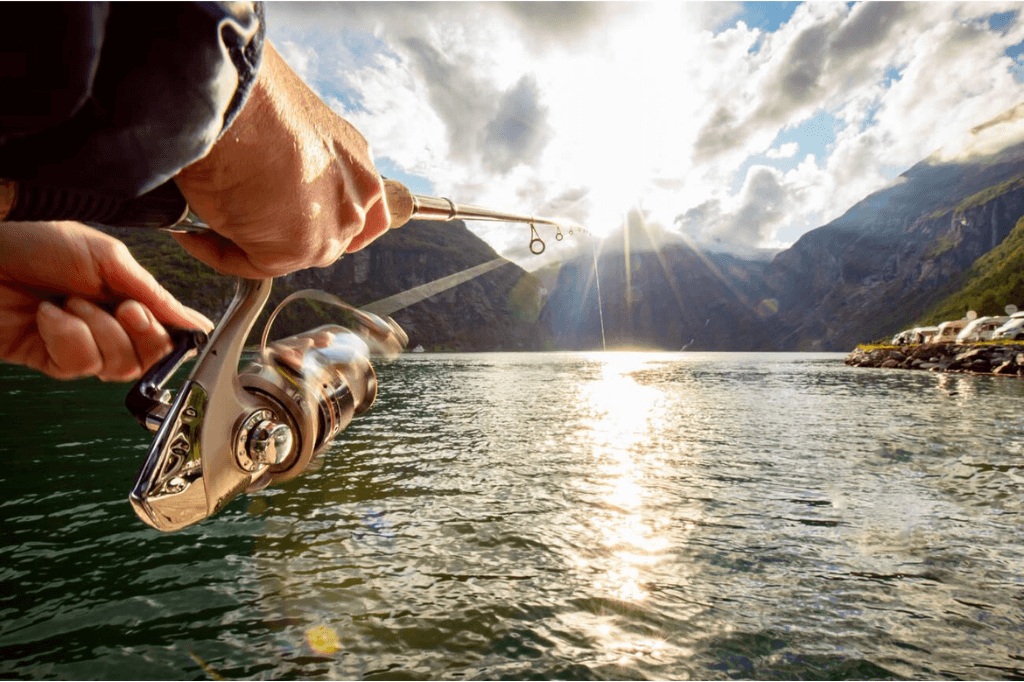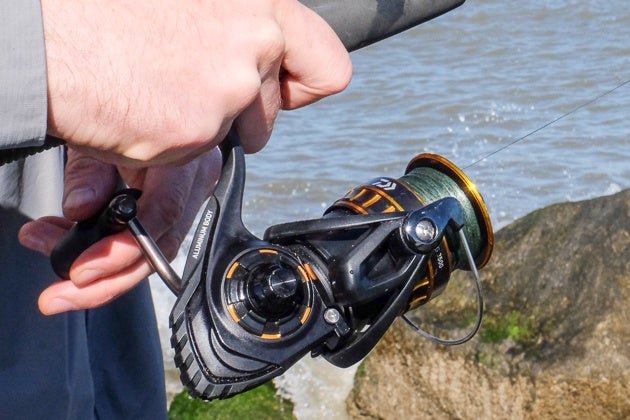Modern kayak angling demands efficiency and the ability to make informed decisions on the water, and a kayak fish finder stands as an indispensable gadget to meet those needs. Compact and durable, these fish finders are specifically designed to fit the limited space on a kayak and to withstand the challenges of a marine environment.
They deliver essential data like water depth, fish location, and bottom structure, thereby enhancing the fishing experience. Integrating GPS functionalities, some models offer navigation aids, marking hotspots for anglers to return to. The usability of kayak fish finders has revolutionized the approach taken by kayak fishermen, offering a blend of portability and advanced fish-tracking capabilities that adapts seamlessly to the sport’s unique demands.
The Rise Of Kayak Fishing
Kayak fishing has taken the angling world by storm. A quiet revolution on water, it blends the thrill of catching fish with the serenity of paddling through tranquil waters. Anglers everywhere are discovering the joys and benefits of fishing from a kayak, making it one of the fastest-growing segments in the fishing community.
Popularity In Tranquil Waters
Kayak fishing’s rise to fame owes much to the peaceful experience it offers. Kayakers glide effortlessly through the water, accessing spots boats can’t reach. Here’s a look at why tranquil waters and kayaks are a perfect match:
- Silent approach: Paddles make minimal noise, keeping fish undisturbed.
- Close to nature: Kayakers enjoy a close-up view of wildlife and natural beauty.
- Easy access: Navigate through narrow channels and overgrown areas with ease.
Benefits Of Fishing From A Kayak
Kayak fishing isn’t just popular; it’s advantageous. Every time you set out on a kayak, you gain:
- Fitness: Paddling is a great workout, promoting overall health.
- Affordability: Kayaks cost less than most motorboats and require minimal maintenance.
- Portability: Transport your kayak on top of a vehicle or even on foot to remote locations.
Equipping your kayak with a fish finder elevates your fishing experience. You’ll locate fish faster and with greater accuracy, making your trips more fruitful and fun.
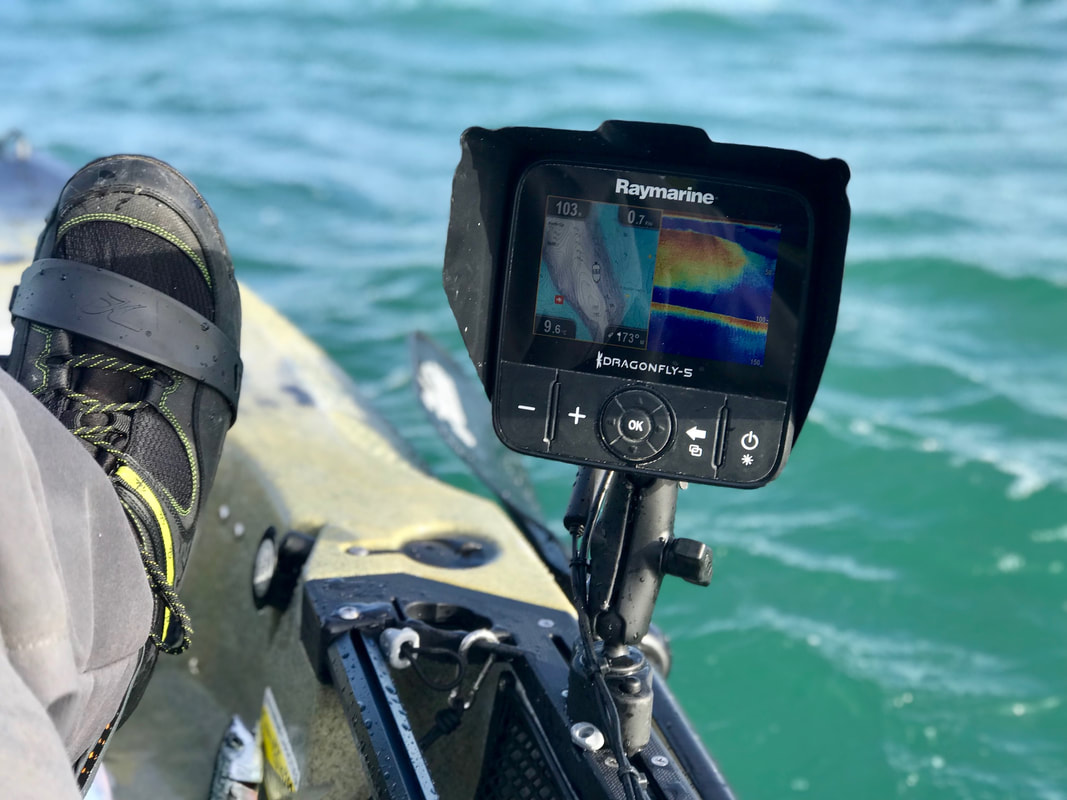
Choosing The Right Fish Finder For Kayak Anglers
Portable Vs. Fixed Fish Finders
Knowing whether a portable or fixed fish finder suits your style is essential. Portable fish finders are excellent for those who rent kayaks or like flexibility. They typically include suction cup mounts and carry cases. Fixed fish finders, on the other hand, offer a more permanent solution. They integrate seamlessly into your kayak. This results in fewer setup hassles on subsequent trips. Let’s dive into the benefits of each type:| Portable Fish Finders | Fixed Fish Finders |
|---|---|
| Easy to install and remove | Stable and secure once mounted |
| Flexible for use on different kayaks | Customizable with more advanced features |
| Generally more affordable | Optimal for dedicated kayak anglers |
Essential Features To Look For
Selecting a fish finder with the right features maximizes fishing success. Consider screen size for clear visibility and a user-friendly interface. A broad frequency range aids in detailed underwater imaging. GPS capabilities are crucial for navigation and marking spots. Water-resistant construction is non-negotiable. Here’s a list of features that top the must-have list:- High-resolution display: Defines structures and fish clearly.
- CHIRP sonar: Enriches detail and depth accuracy.
- Waterproof rating: Ensures device longevity in splash-prone environments.
- GPS functionality: Crucial for route planning and spot marking.
- Dual-frequency: Allows for shallow and deep water scanning.
- Battery life: Longer duration means more time fishing.
Mounting Solutions For Kayak Fish Finders
Hull Transducer Installation
Installing a transducer inside the hull of your kayak is a popular choice. This setup keeps the device safe during your journey. Here’s how to do it:- Choose a spot in the hull for the transducer.
- Ensure the area is clean and dry.
- Apply a blob of marine goop or silicone to the base.
- Place the transducer firmly over the goop.
- Let it set for 24 hours before hitting the water.
Using Ram Mounts For Flexibility
RAM mounts offer the flexibility to adjust your fish finder’s position. They’re perfect for kayaks and easy to use. Follow these steps:- Attach the base of the RAM mount to your kayak.
- Connect the arm and adjust it to your liking.
- Fix the fish finder on the mount’s top plate.
- Tighten all knobs to secure the device in place.
Power Sources: Keeping Your Device Running
Battery Types And Durability
Evidently, selecting the right battery for your kayak fish finder is crucial. There are two main types to consider:- Sealed Lead Acid (SLA): Reliable and cost-effective, perfect for budget-friendly setups.
- Lithium-Ion: Lightweight and efficient with longer life spans, they represent the premium choice.
| Battery Type | Weight | Performance | Cost |
|---|---|---|---|
| SLA | Heavier | Good | Lower |
| Lithium-Ion | Lighter | Excellent | Higher |
Power Management Tips
Expert tips make a big difference in managing your device’s power. Keep these pointers in mind:- Always recharge before trips. It ensures peak performance.
- Turn the device off when not in use. It extends the battery life.
- Regularly check connections. Secure, corrosion-free contacts save power.
- Adjust screen brightness. Lowering it conserves energy.
- Use a battery case. It protects against water and shock.
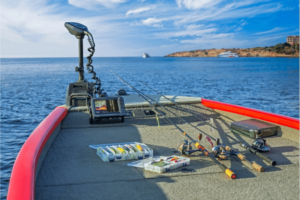
Interpreting Sonar Readouts
Understanding Screen Displays
A kayak fish finder’s screen can look complicated at first. Every arch, line, and color represents life and structures beneath your kayak. Knowing what each symbol means helps you locate fish and avoid obstacles.- Color Intensity: Shows the difference between soft and hard bottoms. Hard bottoms reflect more sonar signals.
- Water Depth: Found at the top of the screen. It shows how deep the water is under your kayak.
- Arch Shapes: Represent fish. The size and thickness of the arch can tell how big the fish may be.
Identifying Fish And Structures
To identify what’s under your boat, look for specific shapes on your screen. Let’s break down the common ones:| Type | Shape on Display | Tips |
|---|---|---|
| Fish | Arch | Full arches usually mean fish passed through the beam. |
| Vegetation | Vertical lines | Look near these for hiding fish. |
| Bottom Structure | Hard bottom: Consistent, strong line Soft bottom: Uneven, softer line | Rough textures can indicate rocks or wrecks. |
Maximizing Fish Finder Use On The Water
Adjusting Settings For Different Conditions
Adapt your fish finder’s settings to thrive in any environment. Changes in weather, water depth, and clarity shouldn’t hinder your success.- Water Depth: Tweak sonar sensitivity for optimal images.
- Clarity: Filter out debris and refine image sharpness.
- Temperature: Identify zones where fish are most active.
Techniques For Tracking Fish Movements
A strategic approach to tracking can define your fishing outcomes. Use proven techniques to follow fish patterns and routines.- Understand sonar readings to spot fish arches.
- Use GPS to mark hotspots and create effective routes.
- Monitor baitfish to anticipate gamefish locations.
Kayak Modification For The Ultimate Fishing Setup
Custom Gear Storage
Every angler knows: organization equals success. Store fishing gear in smart, personalized compartments. Items at your fingertips mean more time fishing, less time fumbling. Consider these ideas:- Mounted tackle boxes – Easy access for hooks and lures.
- Rod holders – Keep fishing poles secure and ready.
- Utility trays for bait – Fresh bait in reach every second.
Stability Add-ons For Rough Waters
Challenging waters require a stable kayak. Ensure safety when the waves show their might. Invest in these stability enhancers:- Kayak outriggers – A wider stance means less tipping.
- Anti-slip deck pads – Stay upright, even in wet conditions.
- Anchor systems – Hold your spot in changing currents.
Protecting Your Equipment
Waterproofing And Corrosion Prevention
Water can be a tech gadget’s worst enemy, especially on a kayak. Thankfully, waterproof cases provide robust defense against splashes. They keep your device dry and functioning. Also, anti-corrosion spray is a must. It forms a protective layer on metal components, thwarting rust before it starts.- Use sealant on connections and joints.
- Invest in a high-quality, marine-grade fish finder cover.
Proper Cleaning Post Excursion
After every trip, cleaning your fish finder is critical. Saltwater and dirt can lead to malfunctions if not properly addressed. First, rinse with fresh water. Then, gently wipe down the screen and casing with a soft cloth. Finally, dry all parts before storage. This simple routine will extend the life of your kayak fish finder.- Disconnect the battery before cleaning.
- Use a soft, damp cloth, avoiding harsh chemicals.
- Make sure the device is thoroughly dry before storing.
Essential Accessories And Add-ons
Recommended Kayak Fishing Accessories
Outfitting your kayak with the right accessories is key. The right gear creates a seamless fishing adventure. Consider the following must-haves:- Robust Rod Holders: Keep rods secure when paddling or trolling.
- Tackle Storage Solutions: Organize lures, lines, and tools efficiently.
- Anchor Systems: Hold your position in various water conditions.
- Seat Upgrades: Ensure comfort during long hours on the water.
- Visibility Kit: Light and flag systems for safety during low light.
Integrating Gps And Mapping Software
Combine your fish finder with GPS and mapping for the ultimate navigation solution. Know where to cast with precision. Here are reasons to integrate GPS and mapping:| Integration Benefit | Description |
|---|---|
| Accurate Positioning | Mark hotspots and navigate back effortlessly. |
| Map Creation | Chart the waters you explore for future trips. |
| Waypoint Tracking | Save and find key locations with ease. |
Fish Finder Maintenance And Troubleshooting
Routine Inspection And Care
Regular checks keep your fish finder happy. Here’s what to do:- Check all cables for frays or signs of wear.
- Clean the screen with a soft, damp cloth.
- Inspect the transducer, ensuring it’s free of scuffs and debris.
- Update software for the latest features and fixes.
- Store properly when not in use to prevent damage.
Common Issues And How To Fix Them
Even with care, you might face glitches. Let’s fix them:| Issue | Solution |
|---|---|
| Screen not turning on | Ensure all connections are tight and batteries are charged. |
| Poor image quality | Adjust sensitivity settings and clean the transducer. |
| Device freezing | Restart your fish finder. If problems persist, a factory reset might be needed. |
| Inaccurate depth readings | Check for correct transducer installation and calibrate the device. |
Learning From The Pros: Tips And Tricks
Expert Angler Insights
- Understand Sonar Basics: Master your fish finder by learning how sonar works. This knowledge helps you read displays accurately.
- Perfect Placement: Install your device where it’s easily visible, without obstructing your paddling or fishing movements.
- Use Screen Split: Many fish finders offer split-screen views. This allows simultaneous mapping and fish tracking.
- Tweak Sensitivity Settings: Adjust the sensitivity for clearer images. In murky waters, higher sensitivity may yield better results.
- Mark Hotspots: Use waypoints to mark productive fishing spots. Return to these hotspots on future trips for consistent success.
Kayak Fishing Community Resources
Join a community of enthusiasts for shared insights. These platforms offer a goldmine of collaborative knowledge:| Resource | Description |
|---|---|
| Online Forums | Virtual gatherings where anglers discuss techniques and gear. |
| Social Media Groups | Platforms for sharing real-time catches and conditions. |
| Local Clubs | Meet fellow kayak fishers and participate in outings. |
| Workshops | Attend events for hands-on learning with professionals. |
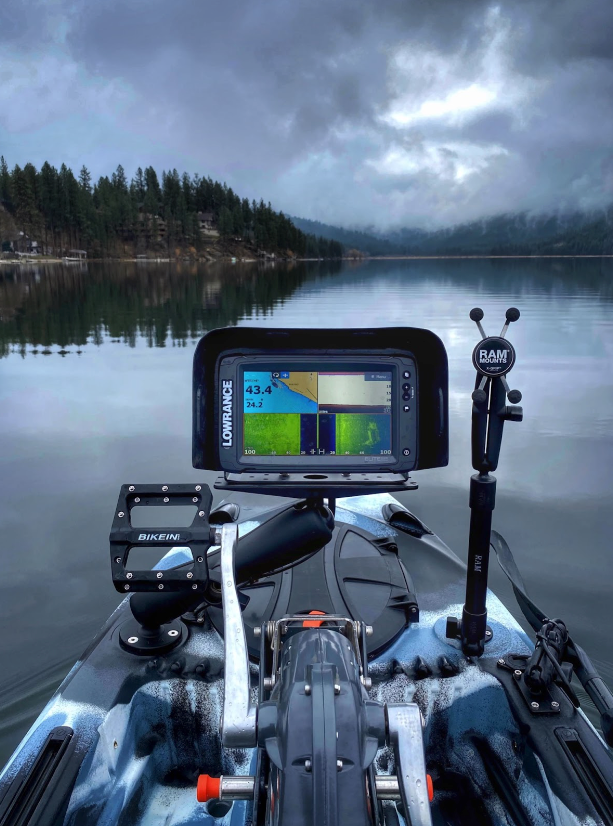
Credit: www.feelfreeus.com
Planning Your Fishing Trip With Technology
Scouting Fishing Locations
Finding the perfect spot is easy with today’s tech. Use maps and sonar to scout underwater structures. Look for drop-offs, ledges, and hiding places where fish love to gather. Record your hotspots with GPS coordinates on your fish finder to come back anytime.- Analyze lake and river maps
- Discover fish hideouts
- Save coordinates for return trips
Weather And Tide Apps For Kayak Fishers
Staying ahead of the weather is crucial. Use mobile apps to check forecasts. Look for wind, rain, and tidal information to plan your outing. Sync tide apps with your fish finder for real-time updates. Never again be caught off-guard by a sudden shift in conditions.- Monitor wind speeds and directions
- Track rain and storms
- Update with live tide data
Frequently Asked Questions
Is A Fish Finder Worth It On A Kayak?
Yes, a fish finder is worth it on a kayak as it significantly improves your chances of locating fish and enhances your fishing efficiency.
What Fish Finder To Use On A Kayak?
Choose a portable, waterproof fish finder with a transducer suitable for kayak mounting. Look for models with GPS, clear displays, and wireless connectivity for ease of use on the water.
Can You Mount A Fish Finder On A Kayak?
Yes, you can mount a fish finder on a kayak. Most kayaks have flat surfaces suitable for mounting accessories, including fish finders.
Is It Ok To Fish In A Kayak?
Yes, it’s perfectly fine to fish from a kayak. Ensure you follow local fishing regulations and have the necessary safety gear onboard. Kayaks offer quiet access to a variety of fishing spots, but balance and caution are imperative.
Conclusion
Selecting the right kayak fish finder can transform your fishing game. Embrace the technology that makes locating fish seamless. See improved catches without guessing spots. Your angling adventures deserve this edge. Start your enhanced fishing journey now; pick a fish finder that suits your kayak and style!

